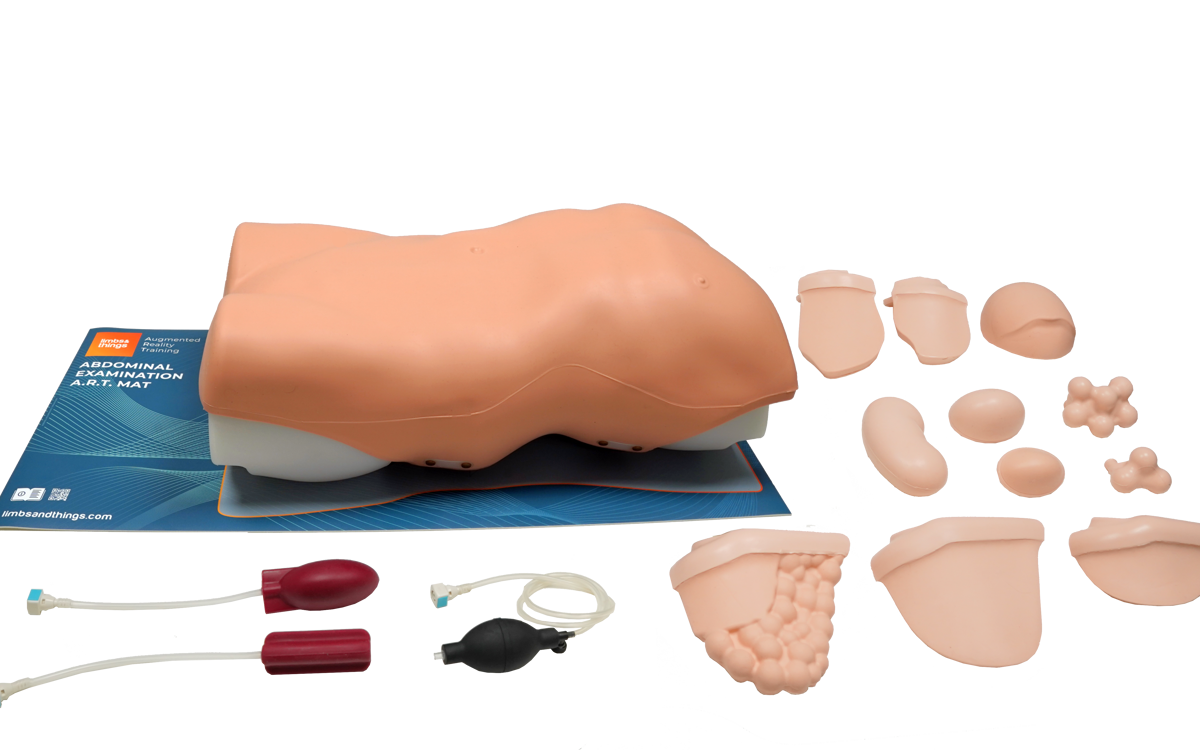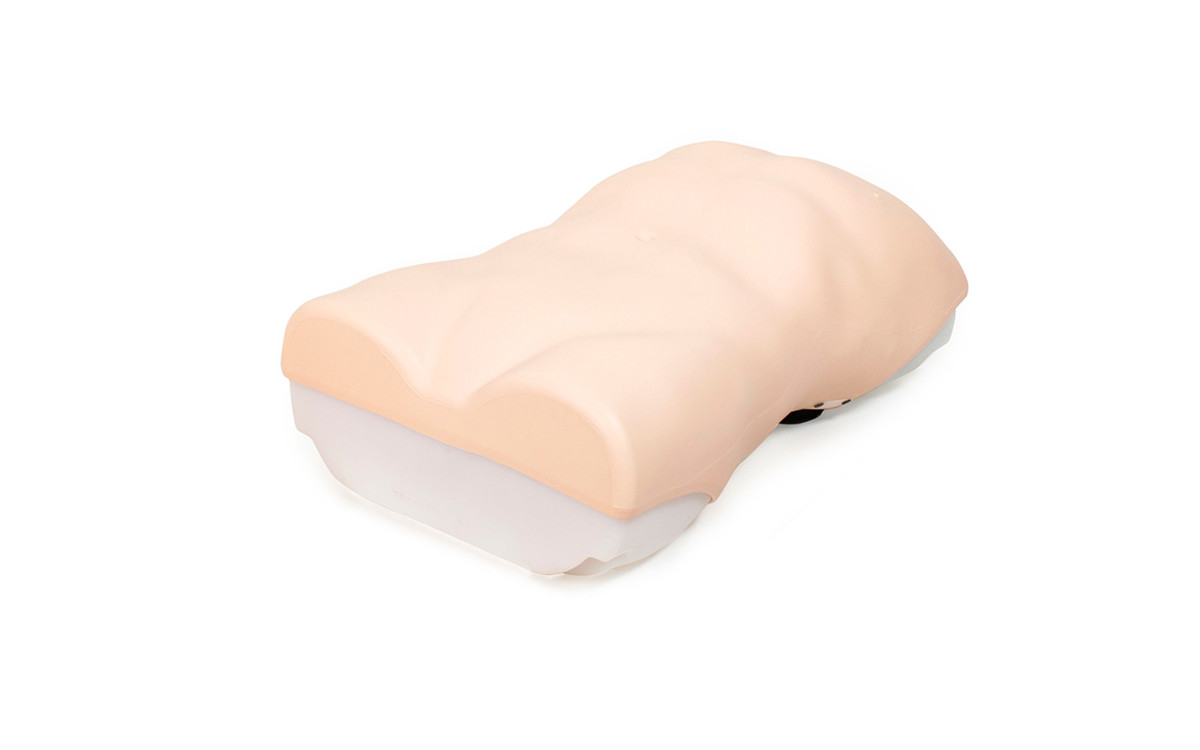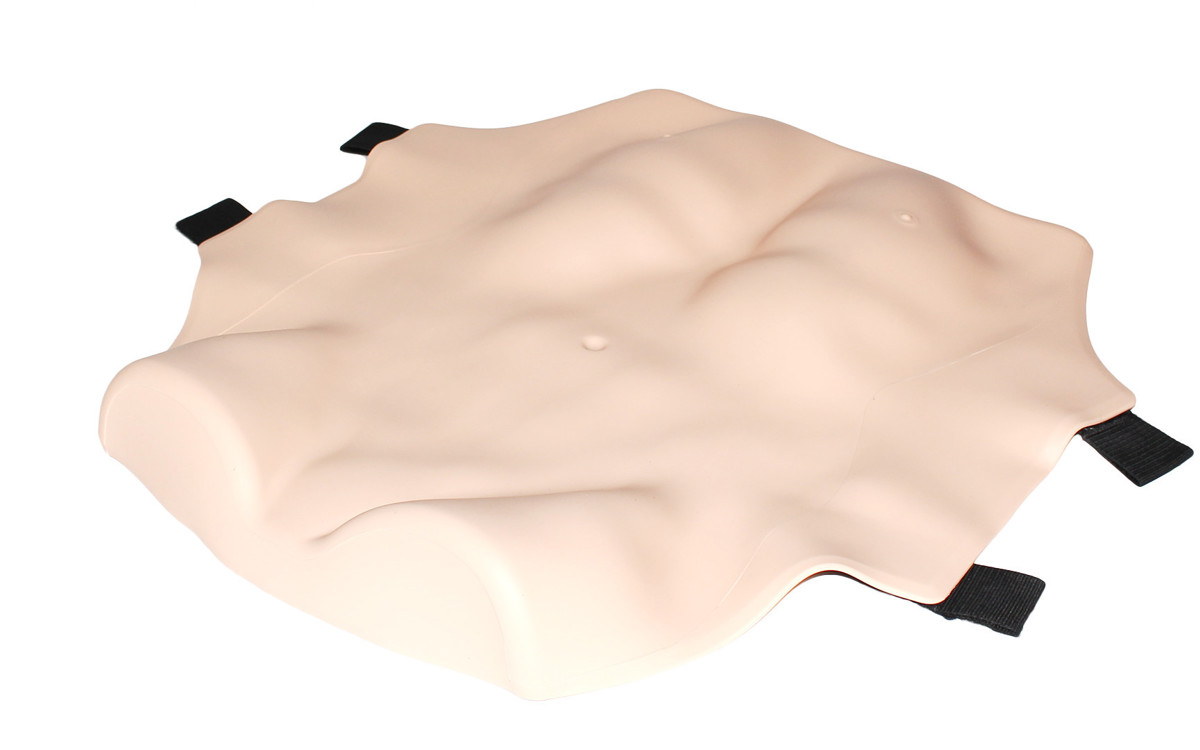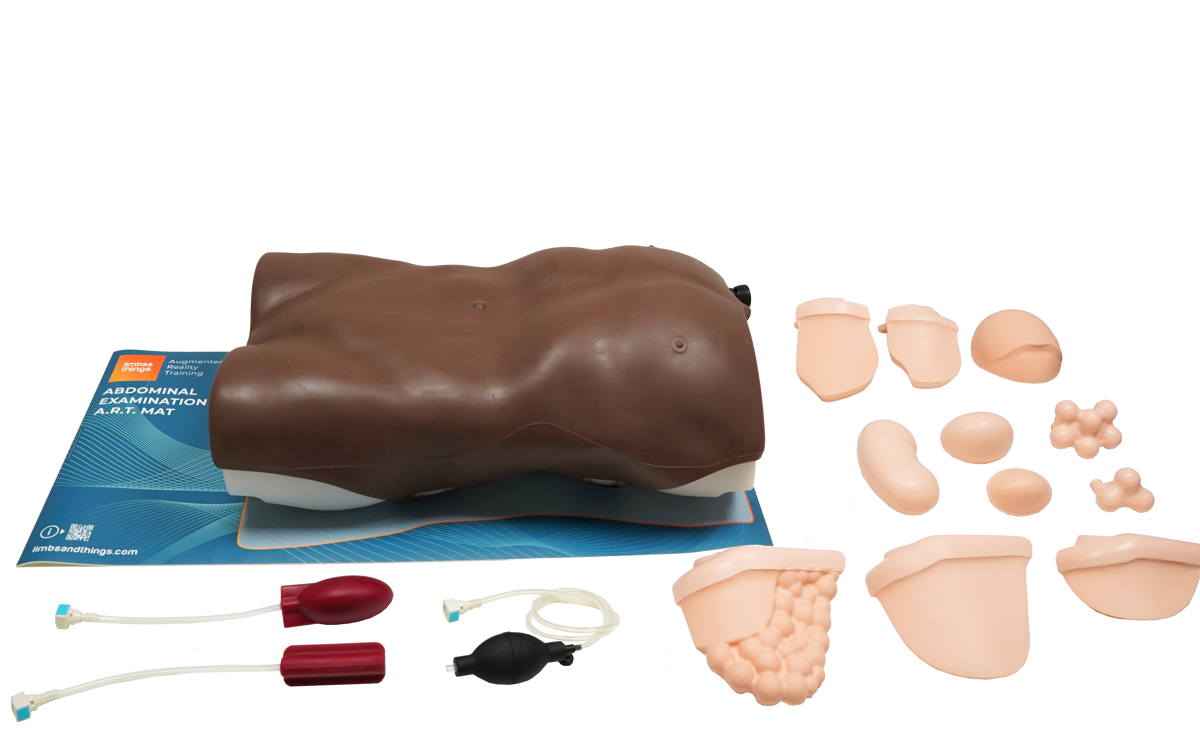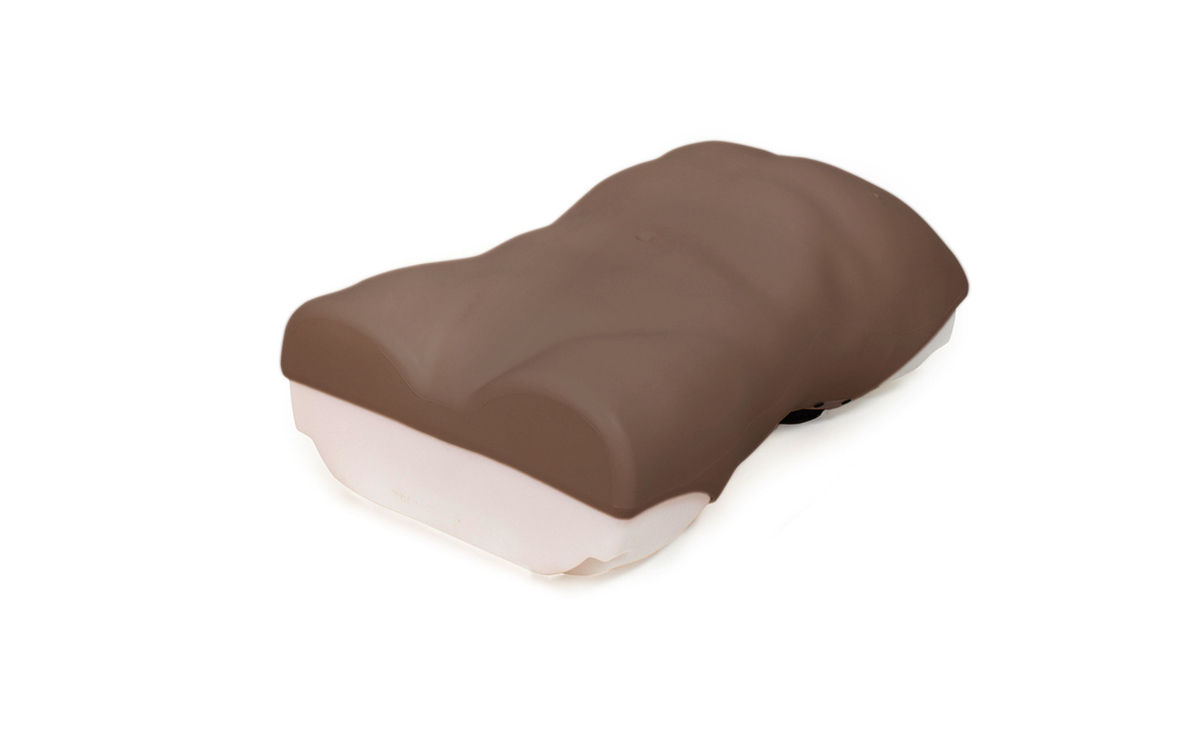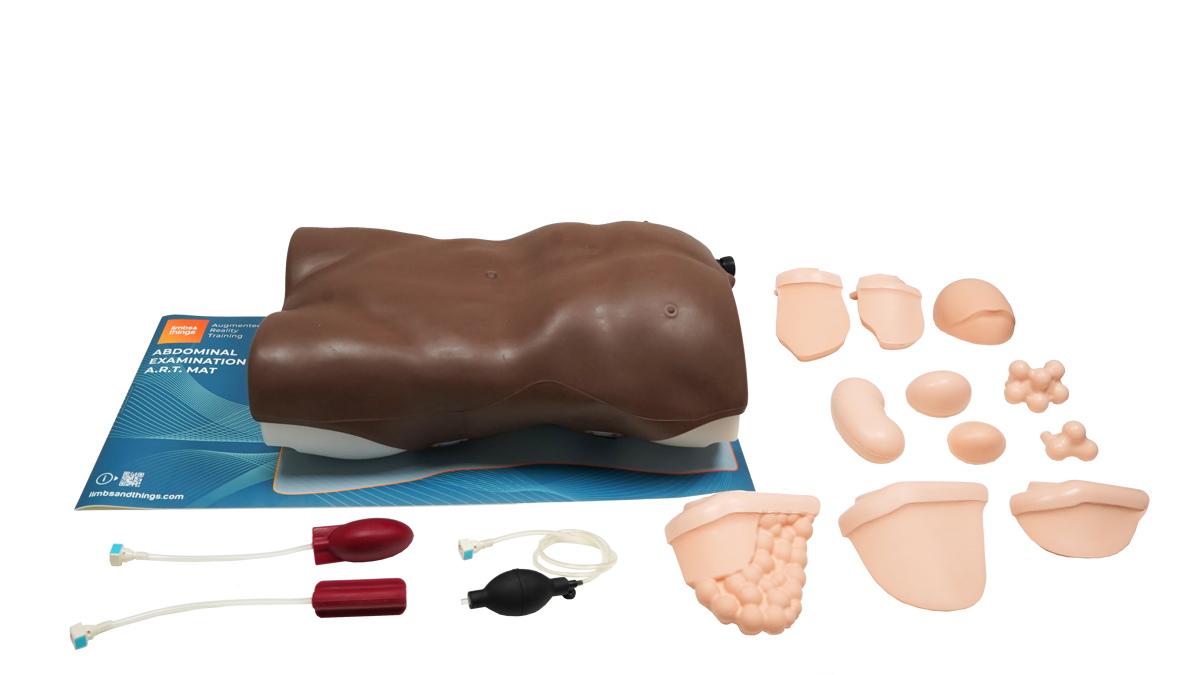
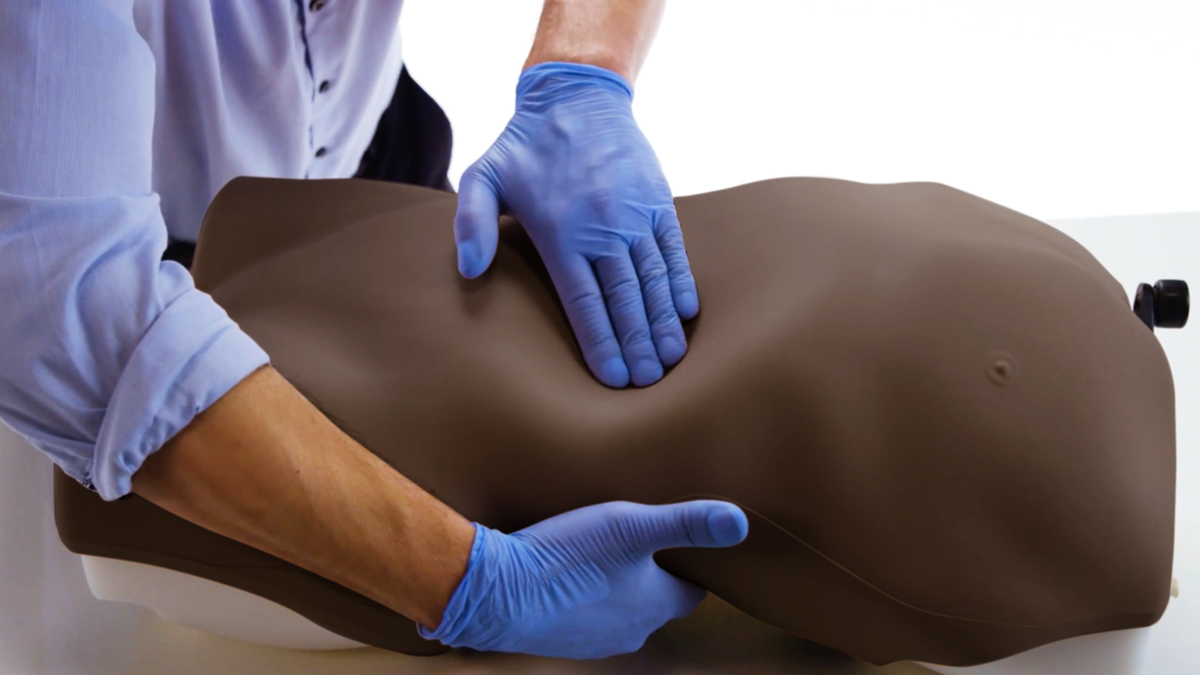
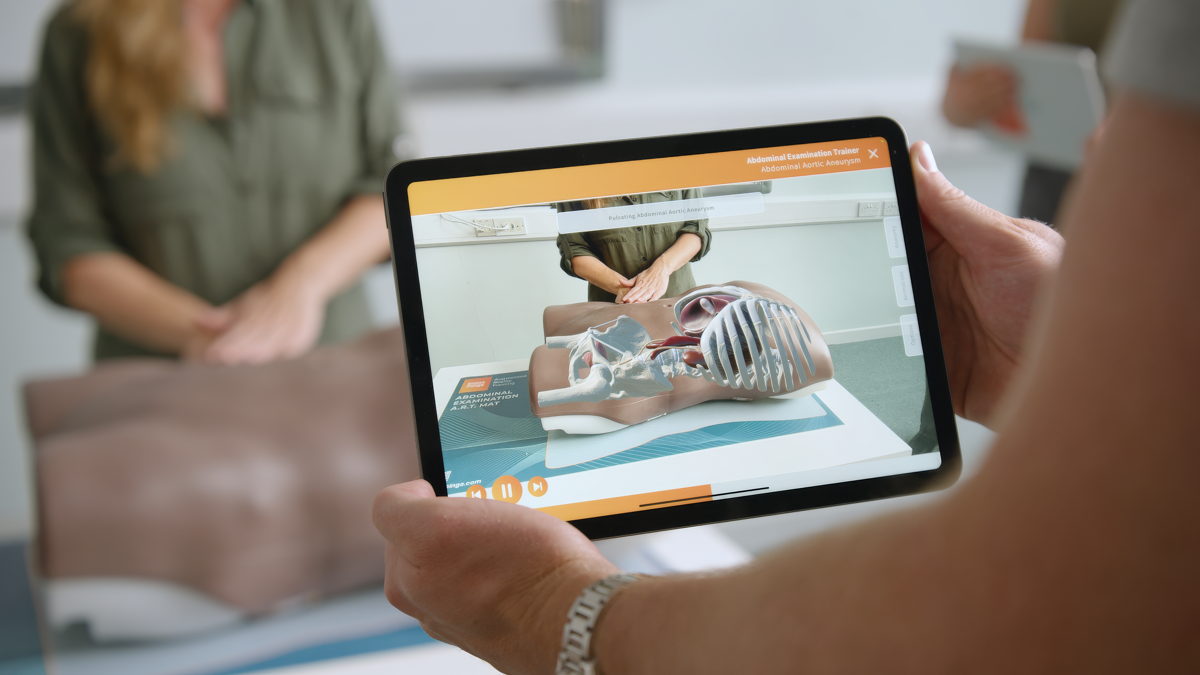
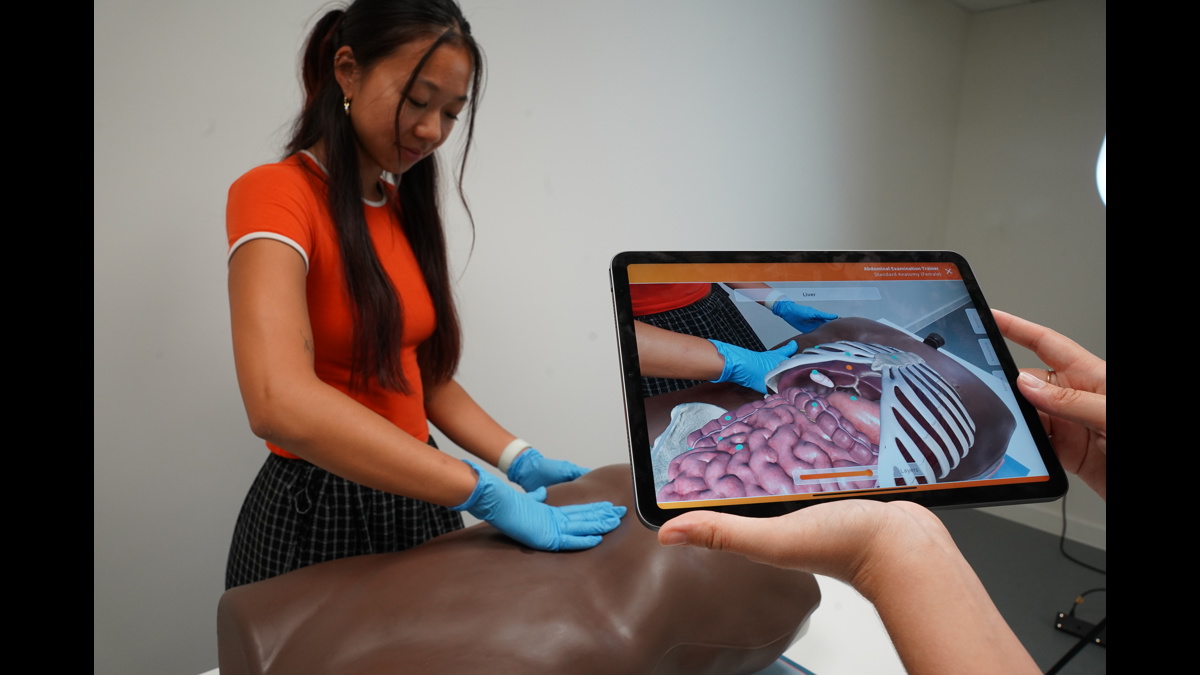
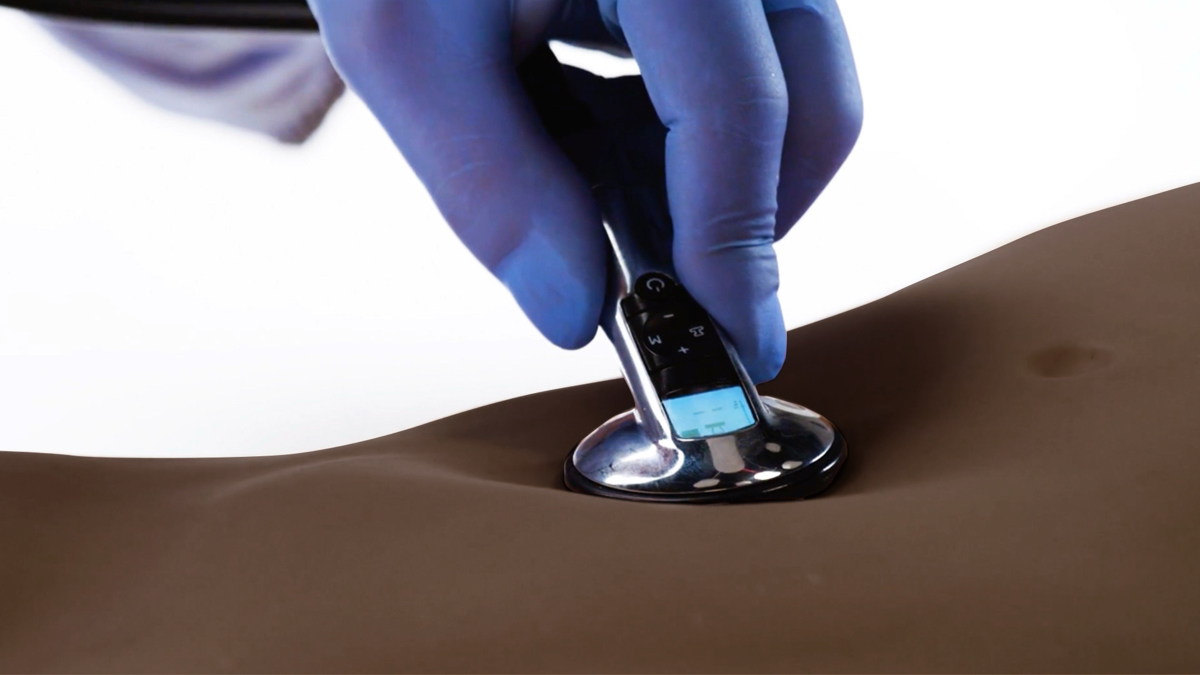
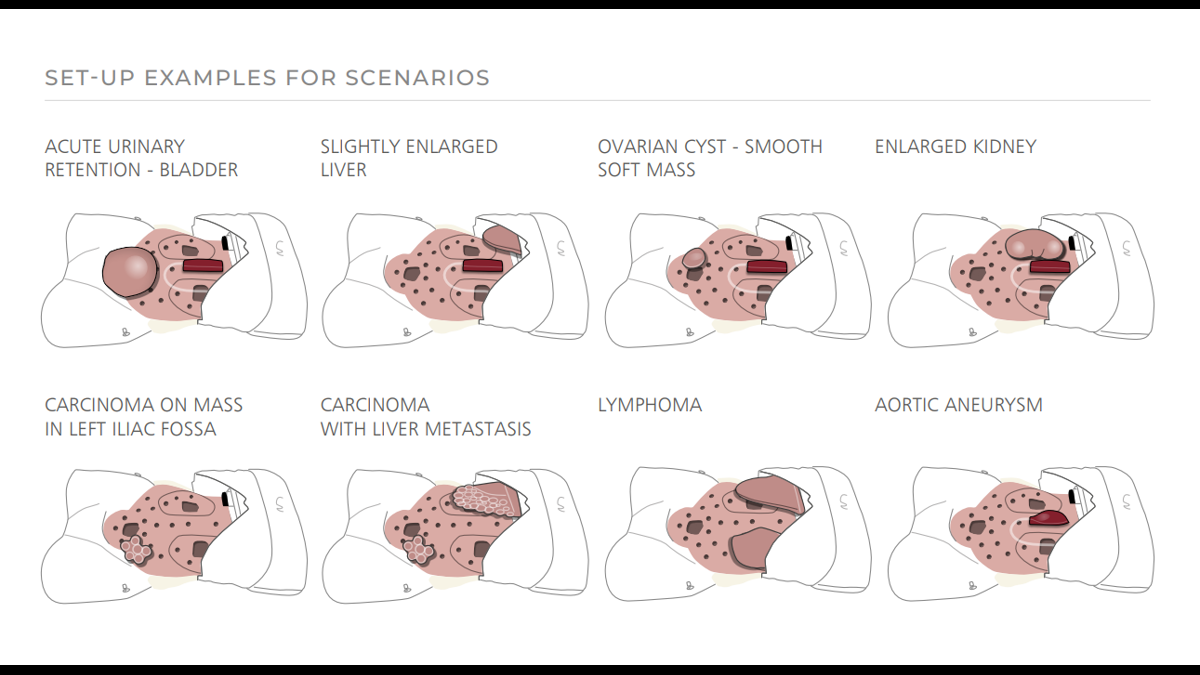
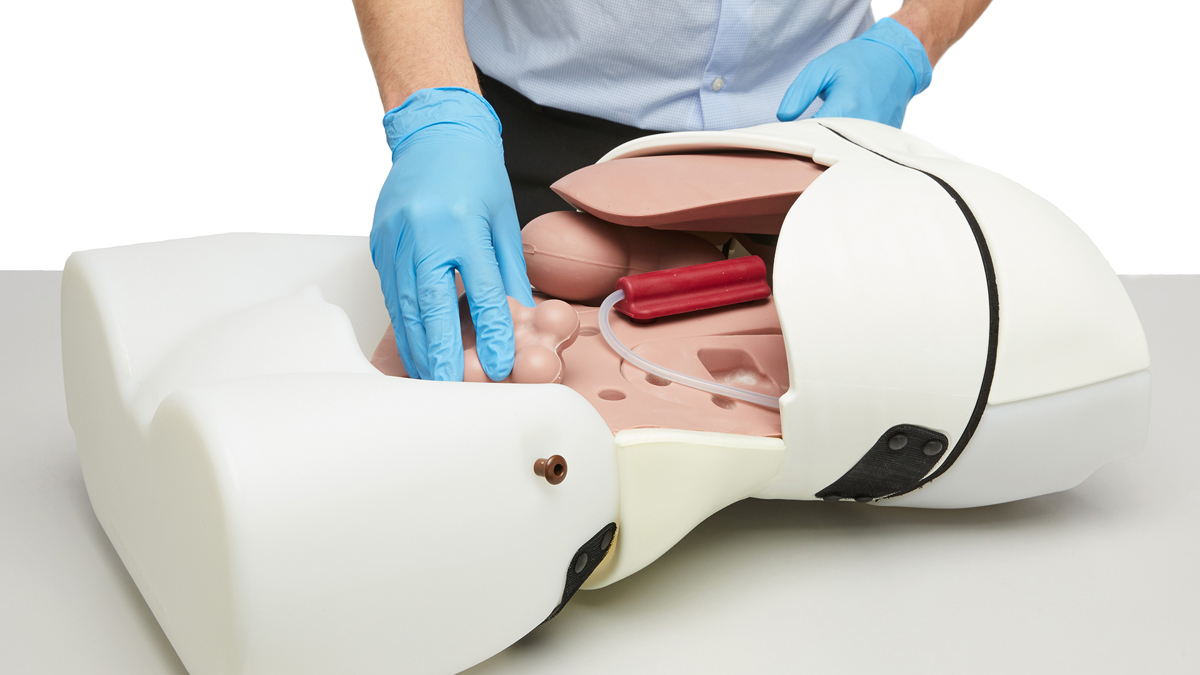
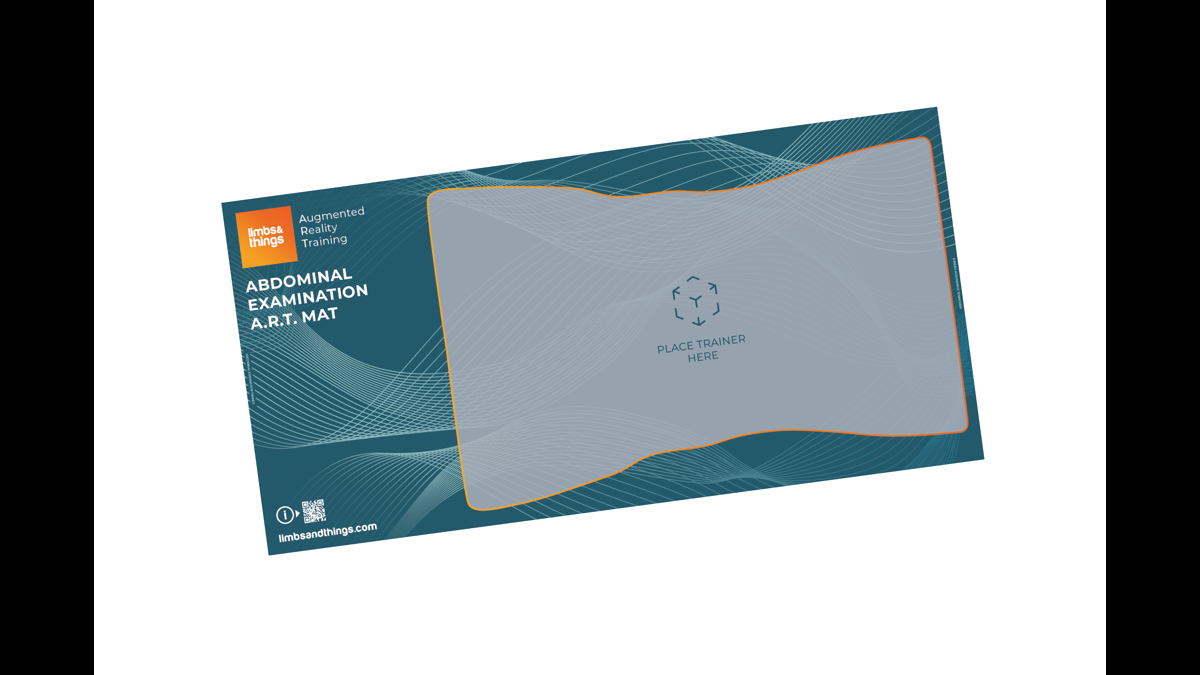
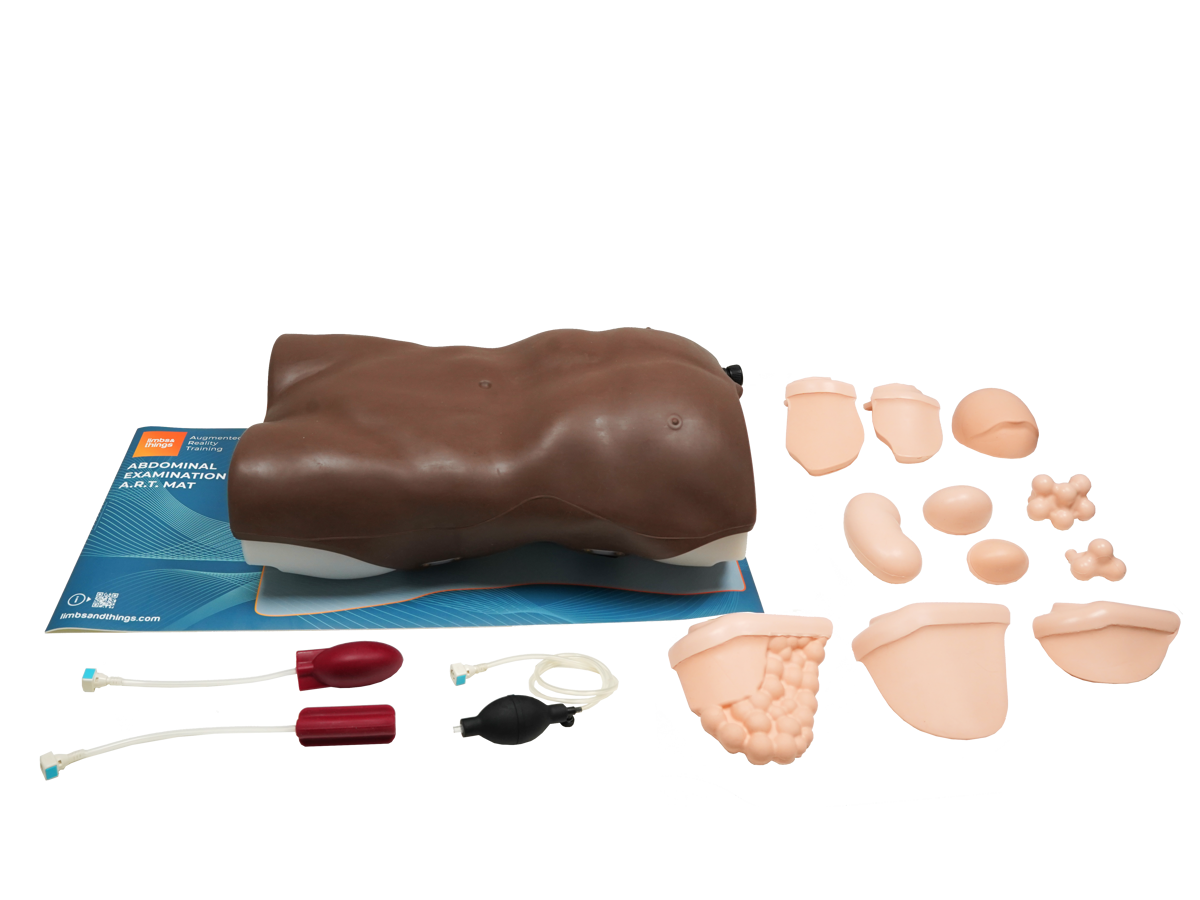
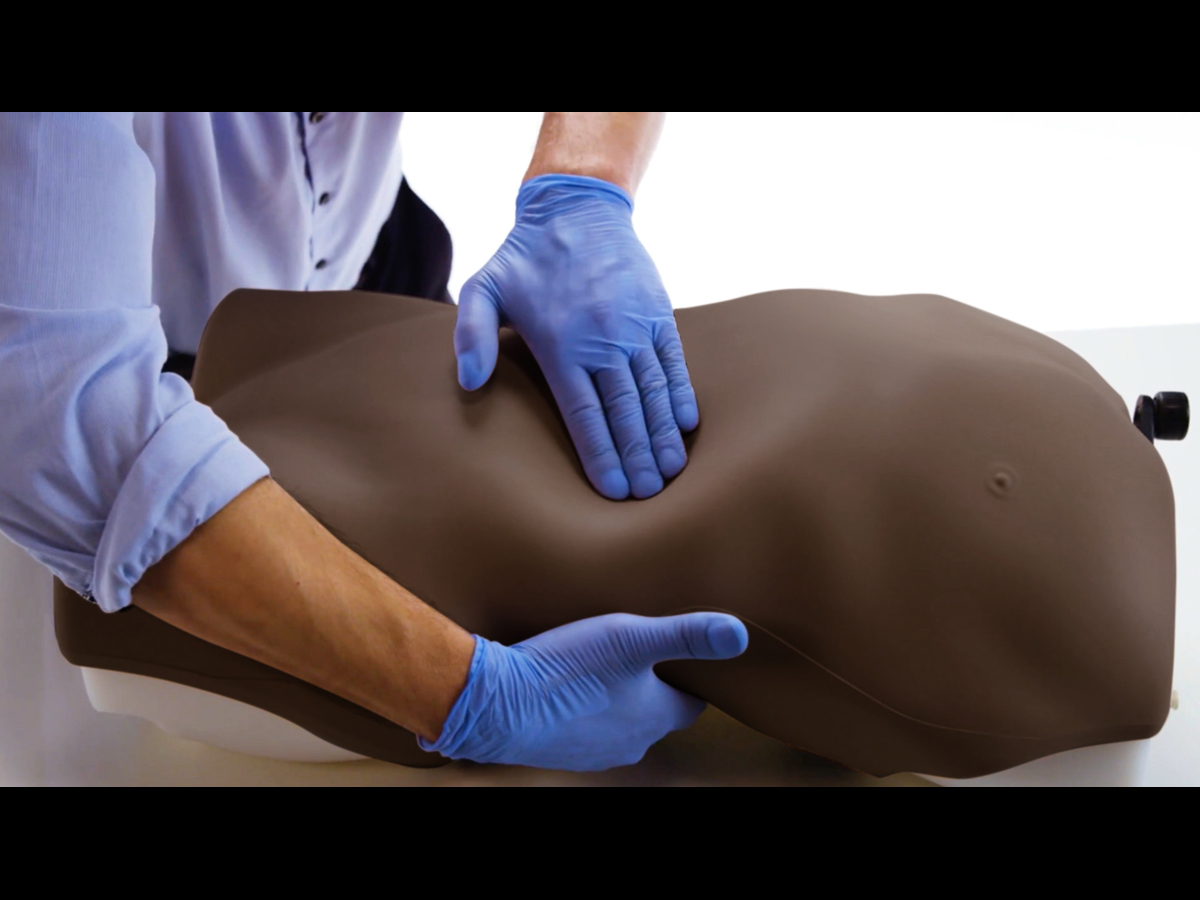

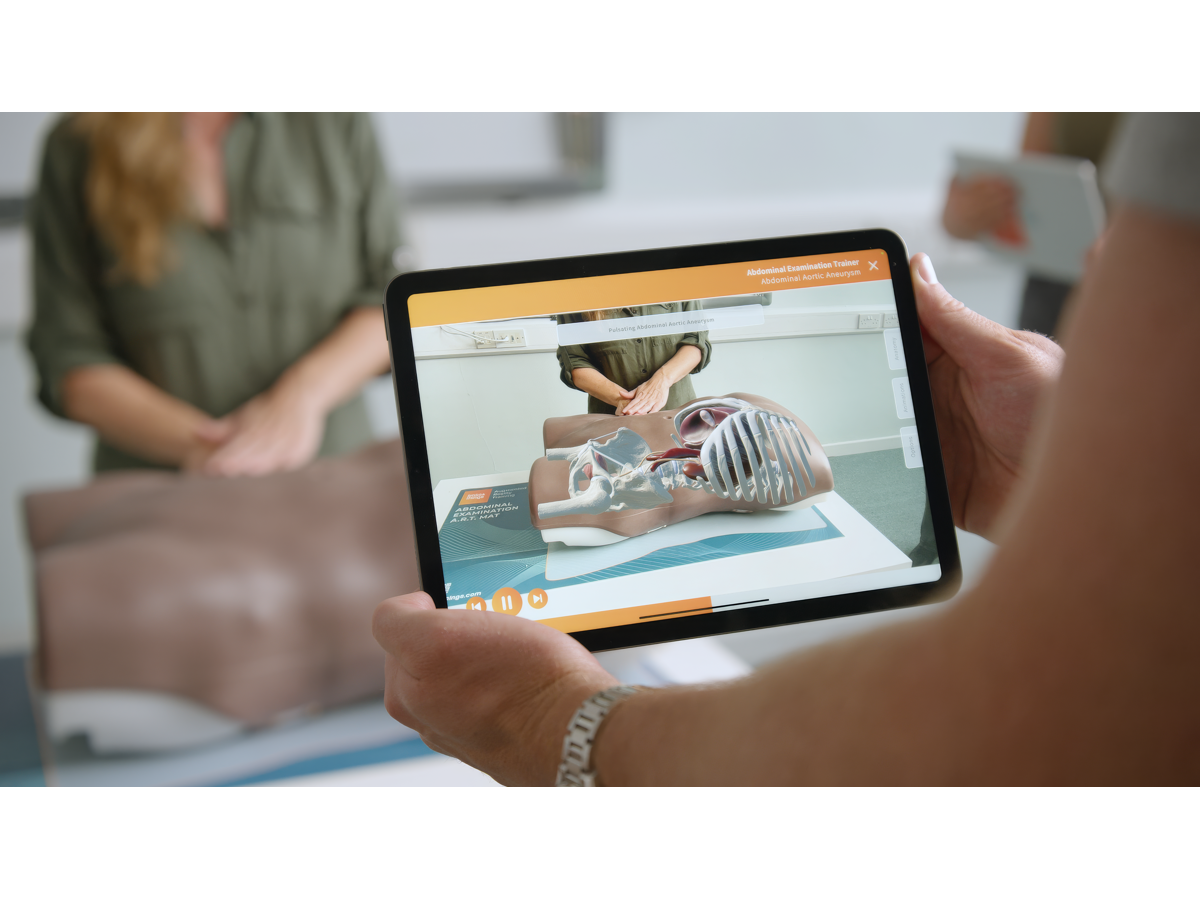
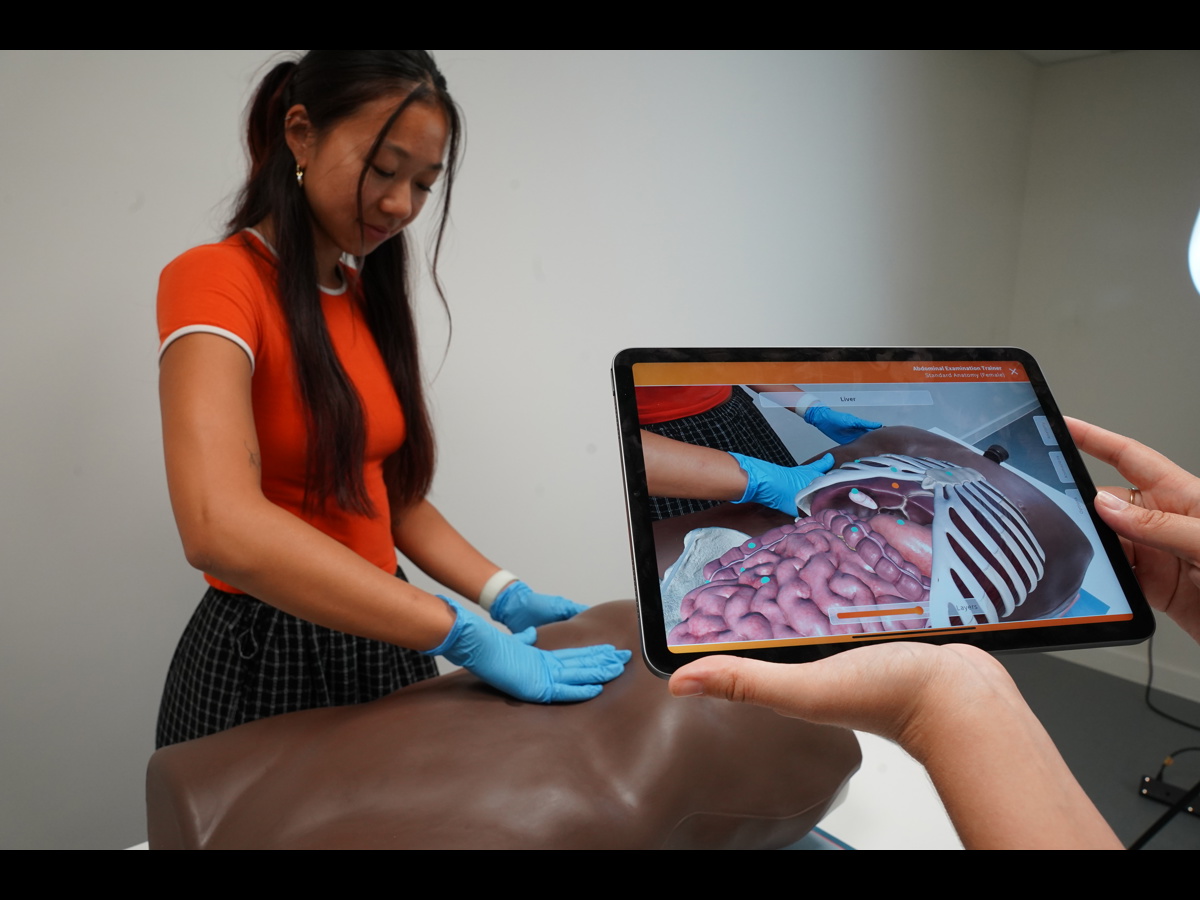
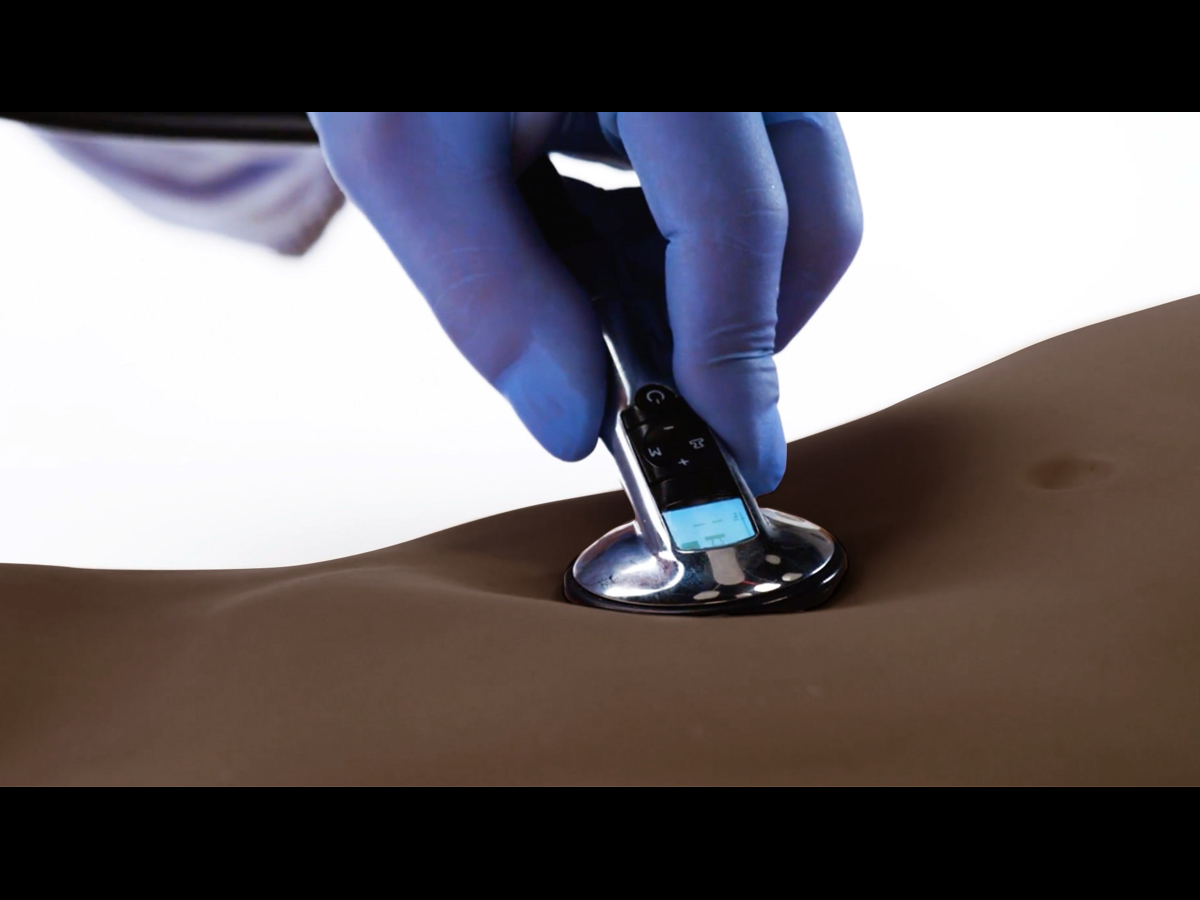
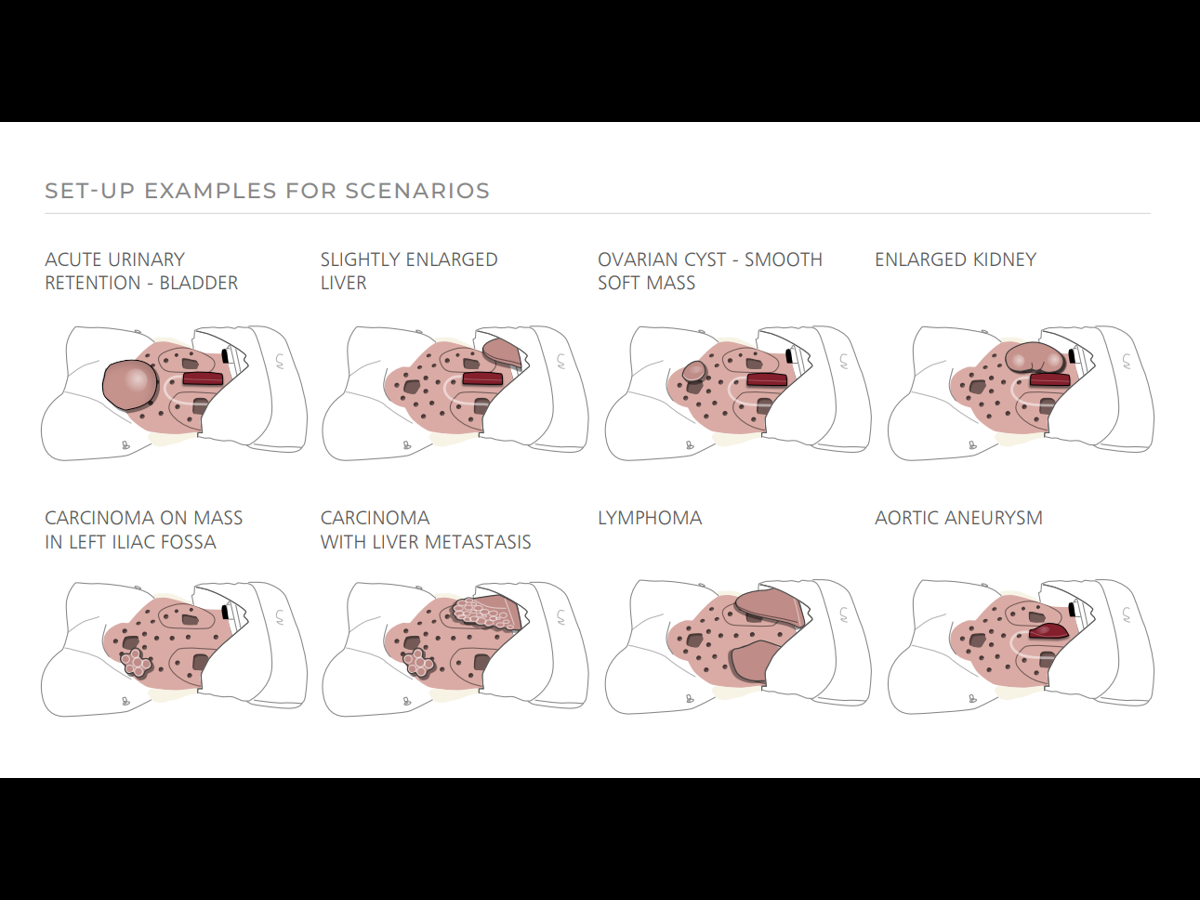
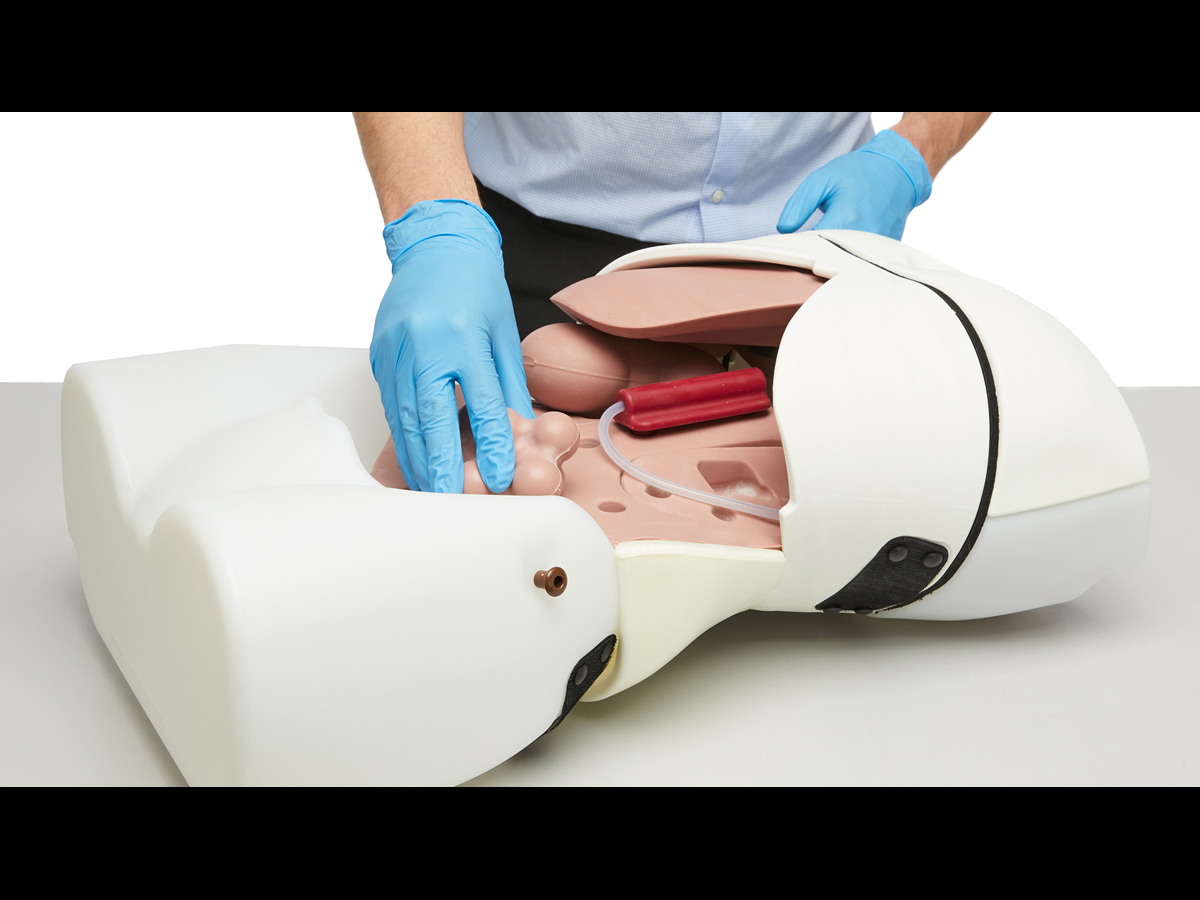
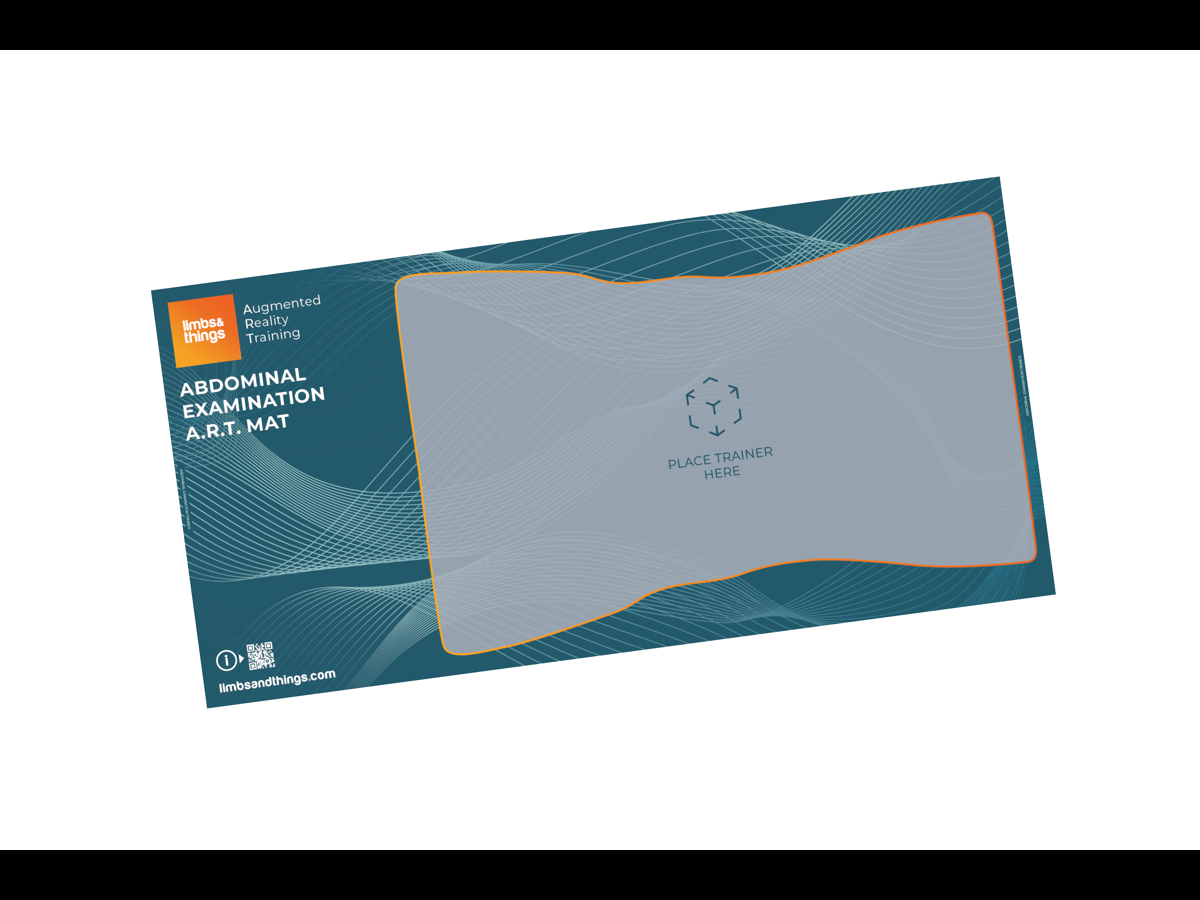
Bukundersökning - Mörk
Skin Tone
Now with Augmented Reality capabilities with the Limbs AR app and training mat.
En anatomiskt korrekt vuxen manlig torso, som används för att undervisa och öva palpation, auskultation och perkussion av buken. Perfekt för OSCE:s förberedelse och bedömning. Med utbytbara organ av varierande storlek, och en integrerad MP3-spelare som ger realistiska ljud, ger utbildaren möjlighet att skilja mellan olika sorters patologi.
Overview
- Andningsrörelsen av lever och mjälte kan varieras genom att vrida ett reglage
- Integrerad förstärkare och monterad MP3-spelare möjliggör för träning i auskultation av normala och höga eller obstruerade tarmljud samt vaskulära ljud på olika ställen
- Volymen kan justeras och MP3-spelaren tillåter att ytterligare ljud laddas in
- Distensionsset möjliggör följande: realistisk undersökning av ascites med hjälp av perkussion, vätskespänningsteknik och simulering av tarmobstruktion vid perkussion och auskultation
- Pulslampa tillåter simulering av normal och aneurysmal aortpuls
Realism
- Organen känns realistiska vid palpation och har en trovärdig respons vid perkussion
- Naturtrogen kvalitet på huden kring buken som anpassar sig vid uttöjning vid gasdistension och simulering av ascites
- Realistisk procedur för upptäckt av förstorad njure
Versatility
- Bukens hud är enkel att ta bort, vilket möjliggör snabbt och enkelt byte av organ
- Lämpar sig för både separat träning och för hybridträning med Simulerad Patient
- Modellen kan rullas över på sidan för undersökning av ascites
Cleaning
- Hudytan kan rengöras med tvål och vatten
Safety
- Latexfri
- Modellens vikt är inom säkerhetsriktlinjer för män och kvinnor vid lyft till brösthöjd
Anatomy
- Torso med buk, bäcken och nedre delen av bröstkorgen
- Beniga landmärken inkluderar revben, bröstkorg, xifoidben, blygdben samt undre och övre höftben
- 3 levrar: något förstorad, förstorad med slät kant och förstorad med ojämn kant
- 2 mjältar: något förstorad och markant förstorad
- 2 förstorade njurar
- Distenderad blåsa
- 2 aorta: normal och aneurysmal
- Ett set med 6 bukpatologier varav 4 släta massor och 2 ojämna hårda massor
- Distensionsset innehållande ascites-påse, gasdistensions-påse, pump och skuminsats
- Förenklad representation av lägre bröstkorgen och ländryggen
Skills Gained
- Kännetecken i bukregionerna och underliggande anatomi
- Övning i bukpalpation, auskultation och perkussion
- Förmåga att skilja normal från abnorm patologi
- Identifiering av ascites, speciellt vätskeansamling och vätskans rörlighet och förflyttning vid vridning, och vätskespänning
- Identifiering av gasdistension och tarmobstruktion
- Upptäcka överflödig vätska i njurarna
- Professionell-till-patientkommunikation
Product Contains
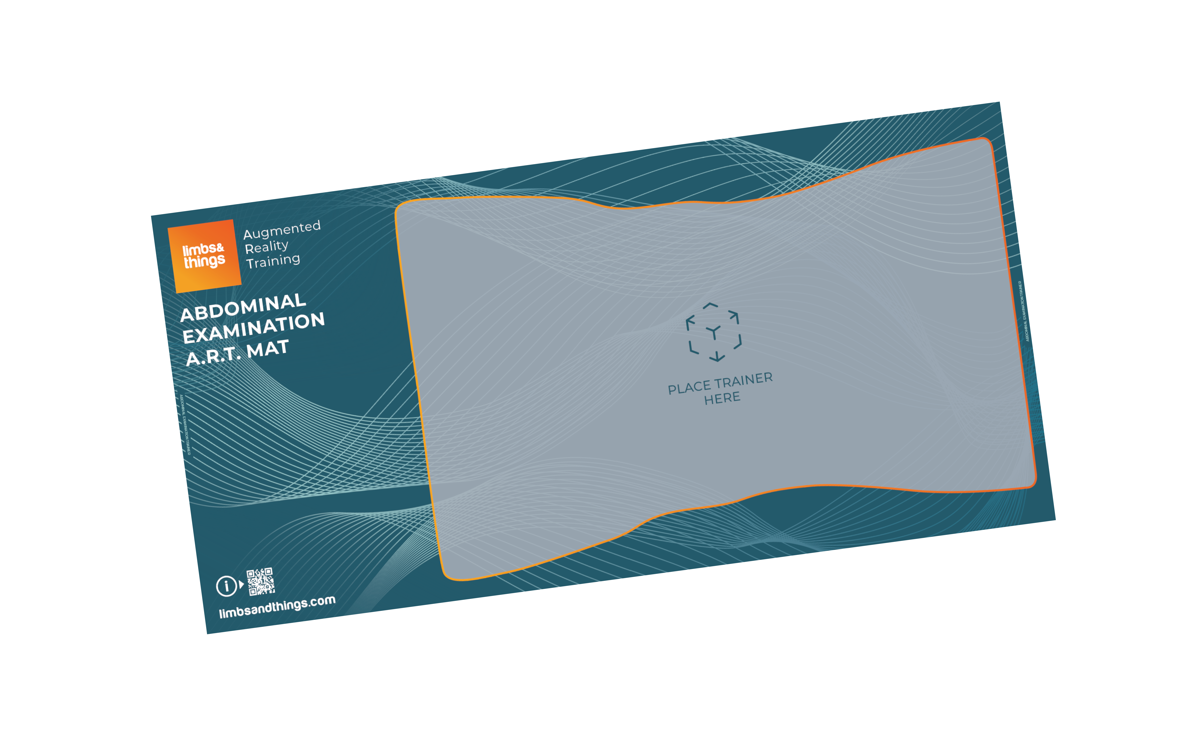
Augmented Reality Mat for Abdominal Examination
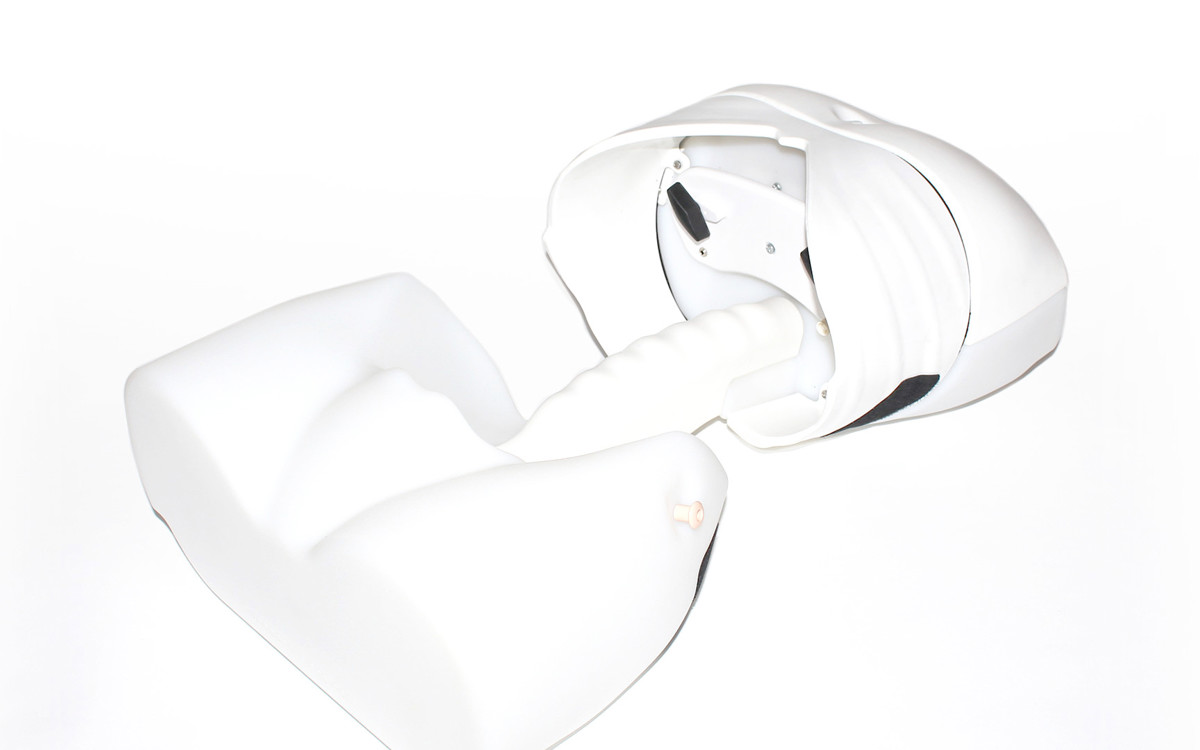
Bukundersökning, basenhet
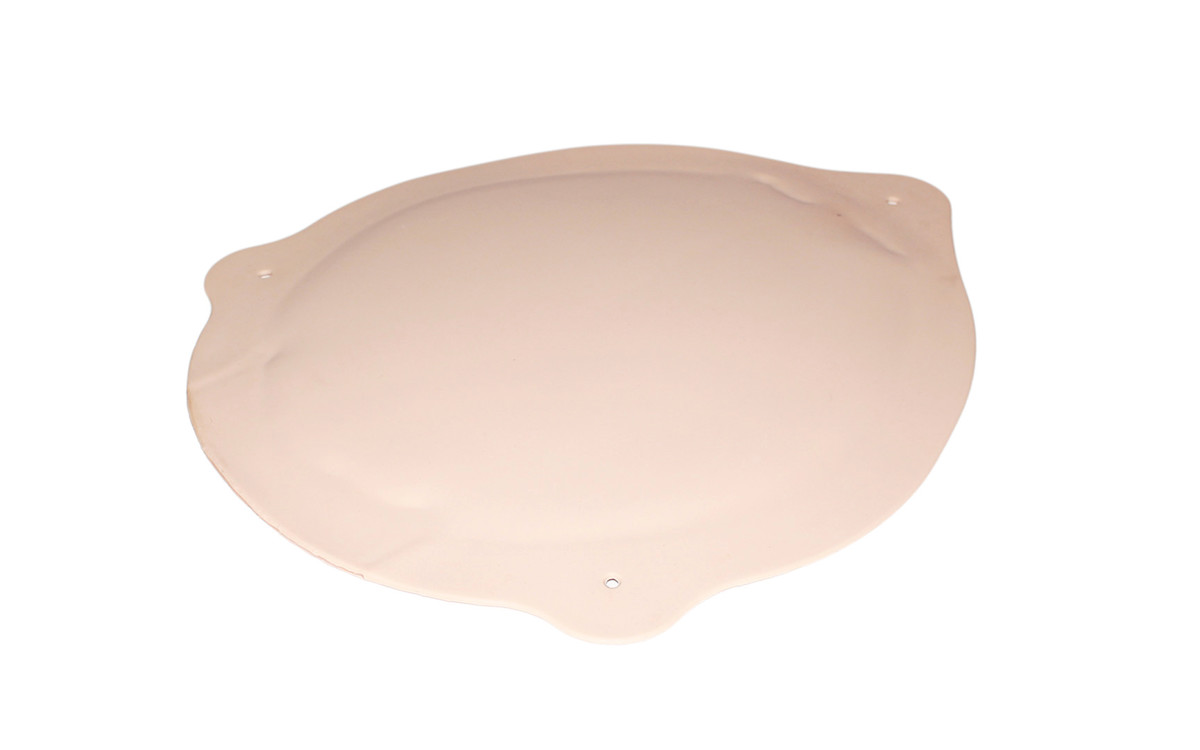
Bukundersökning, rectus bag
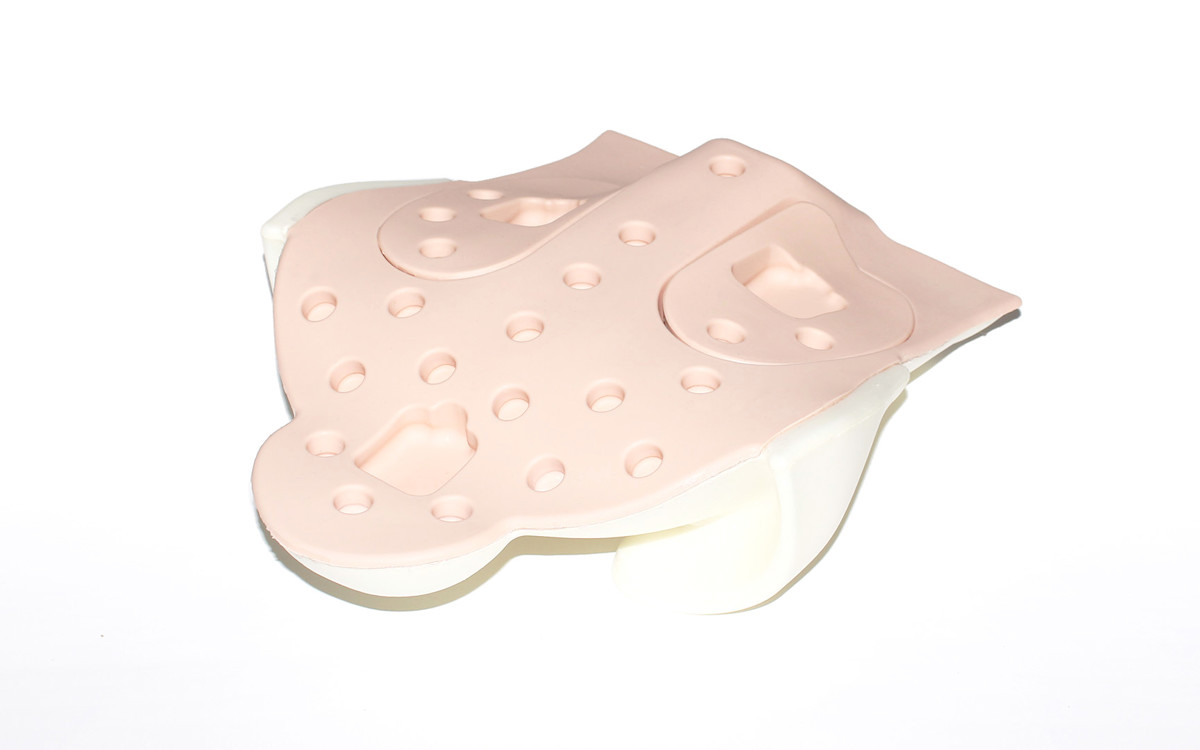
Bukundersökning, organlokalisering
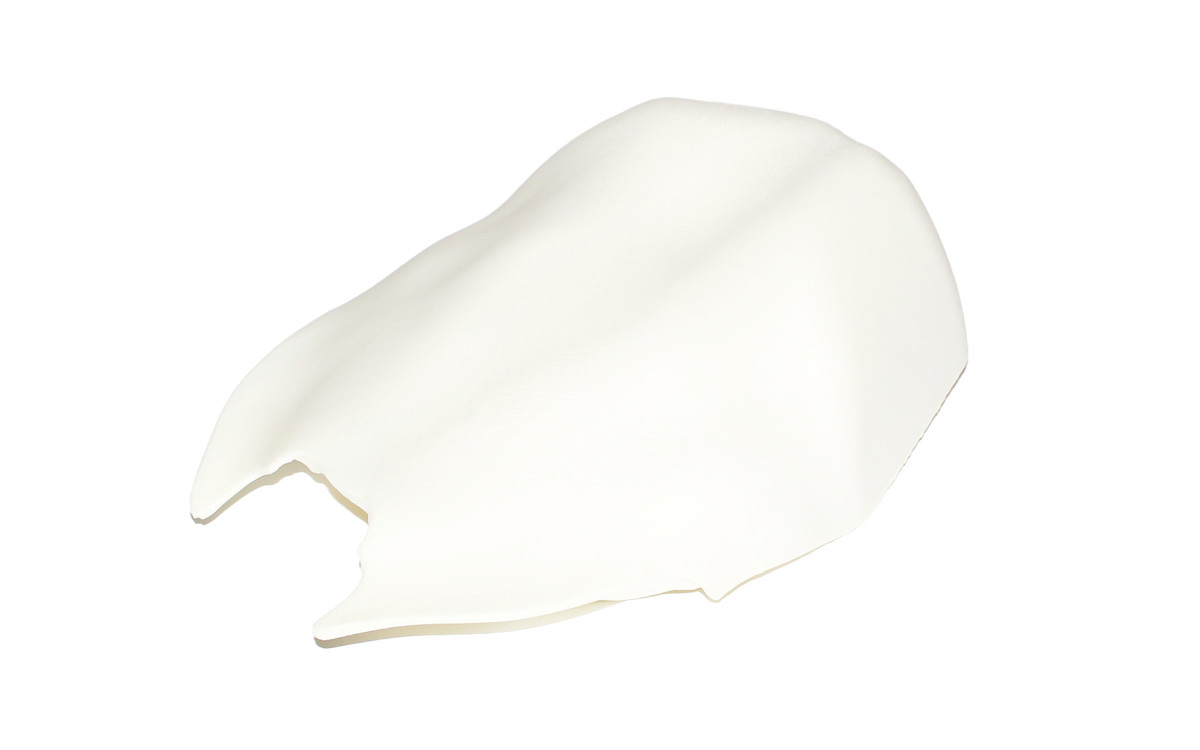
Bukundersökning, bukvägg
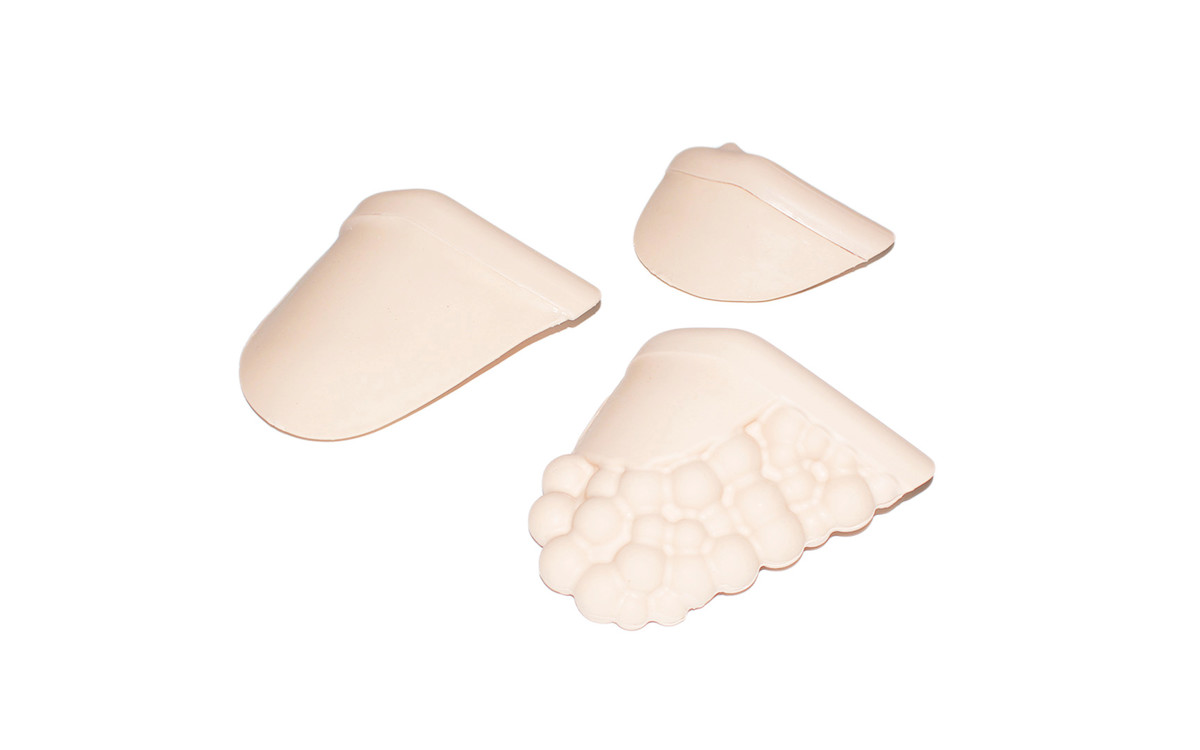
Bukundersökning, lever (3 stycken)
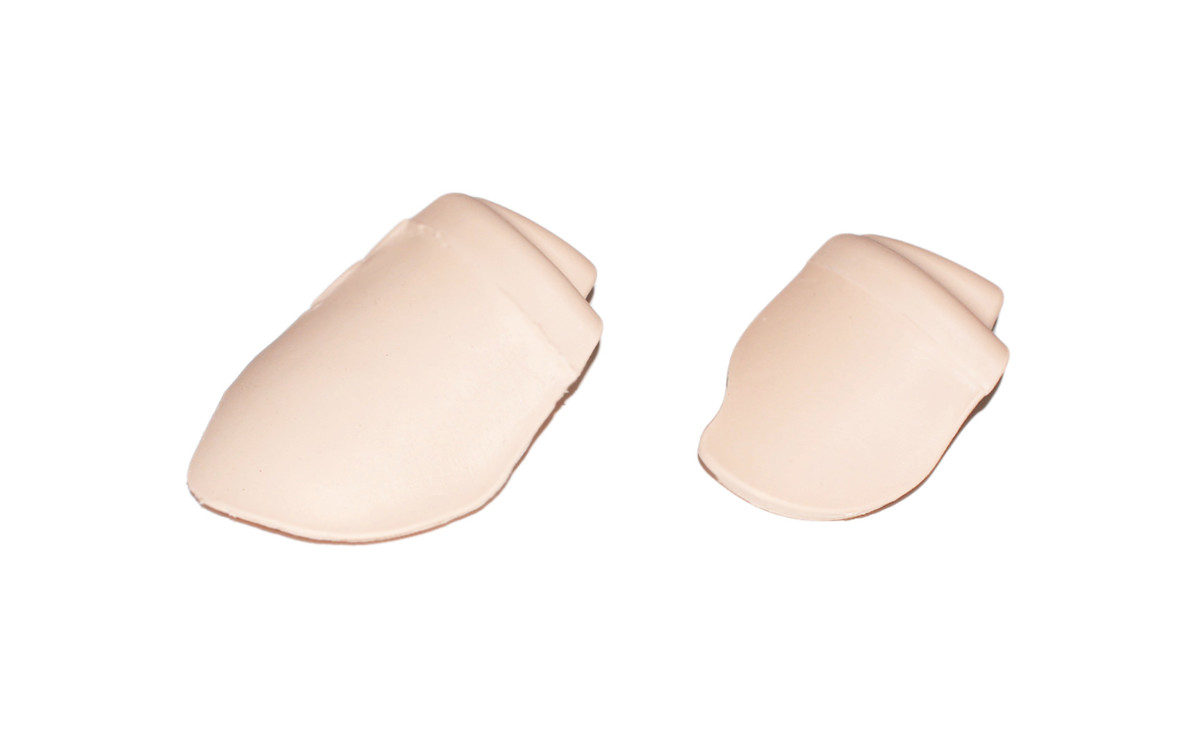
Bukundersökning, mjälte (2 stycken)
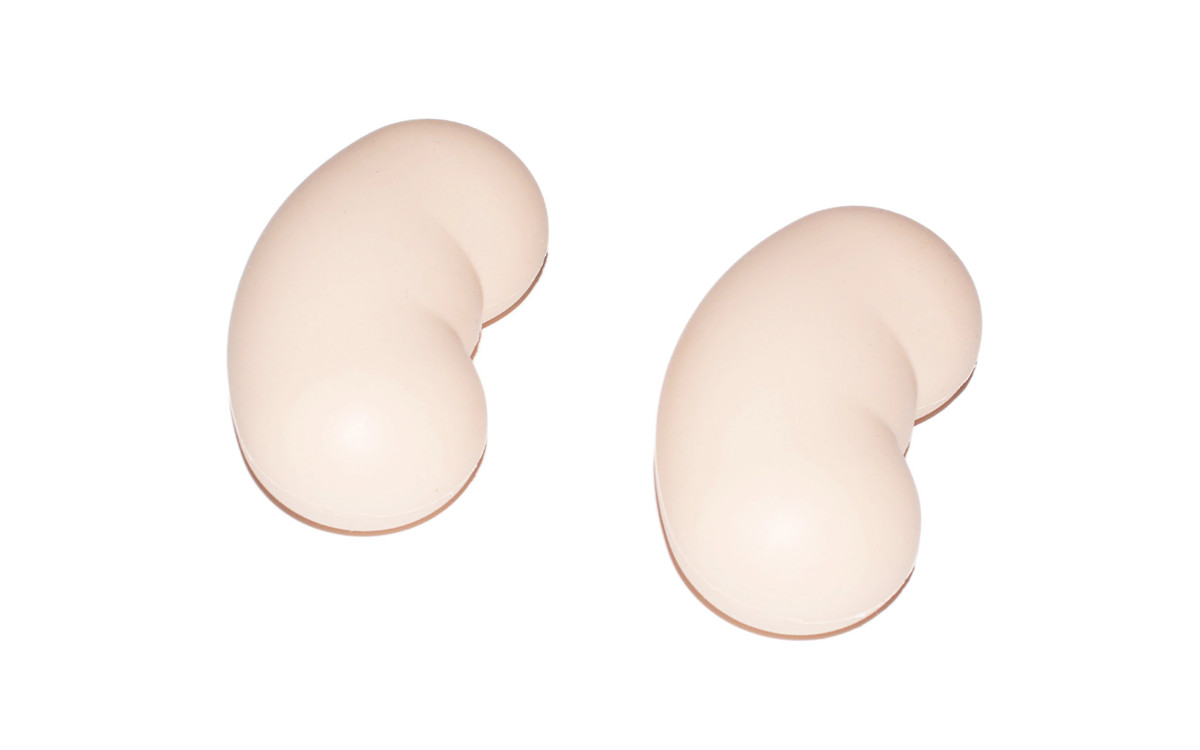
Bukundersökning, njure (2 stycken)
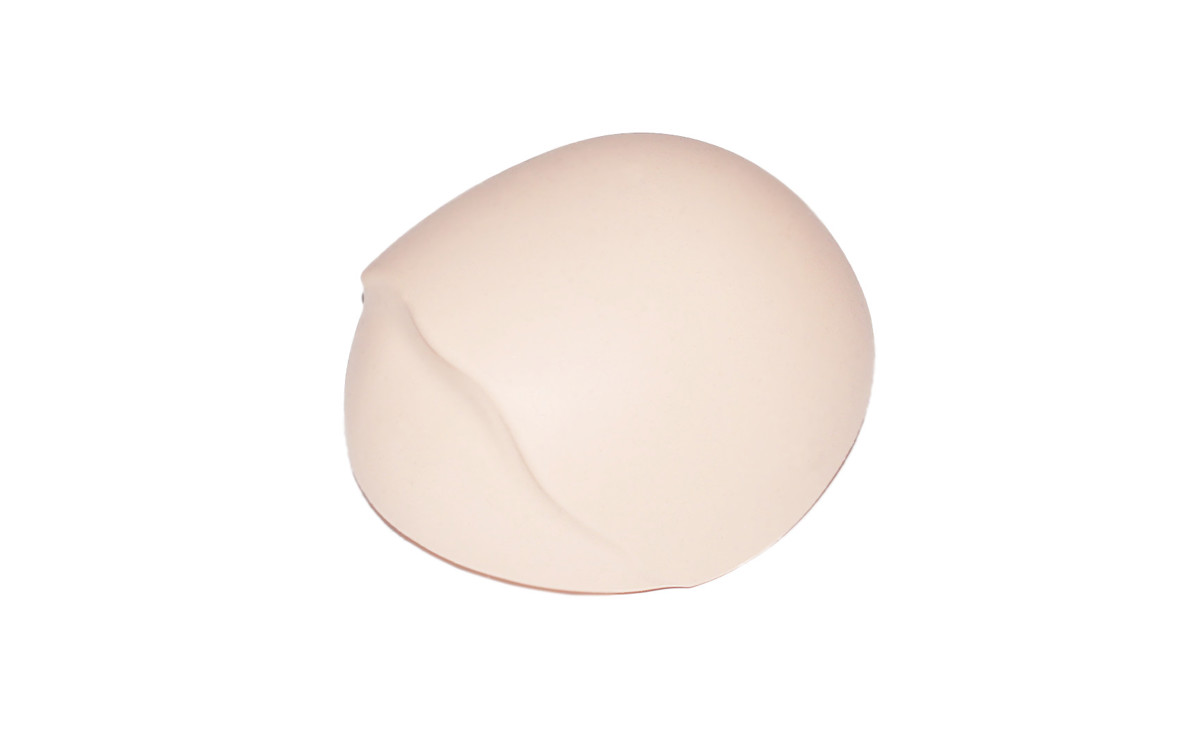
Bukundersökning, urinblåsa
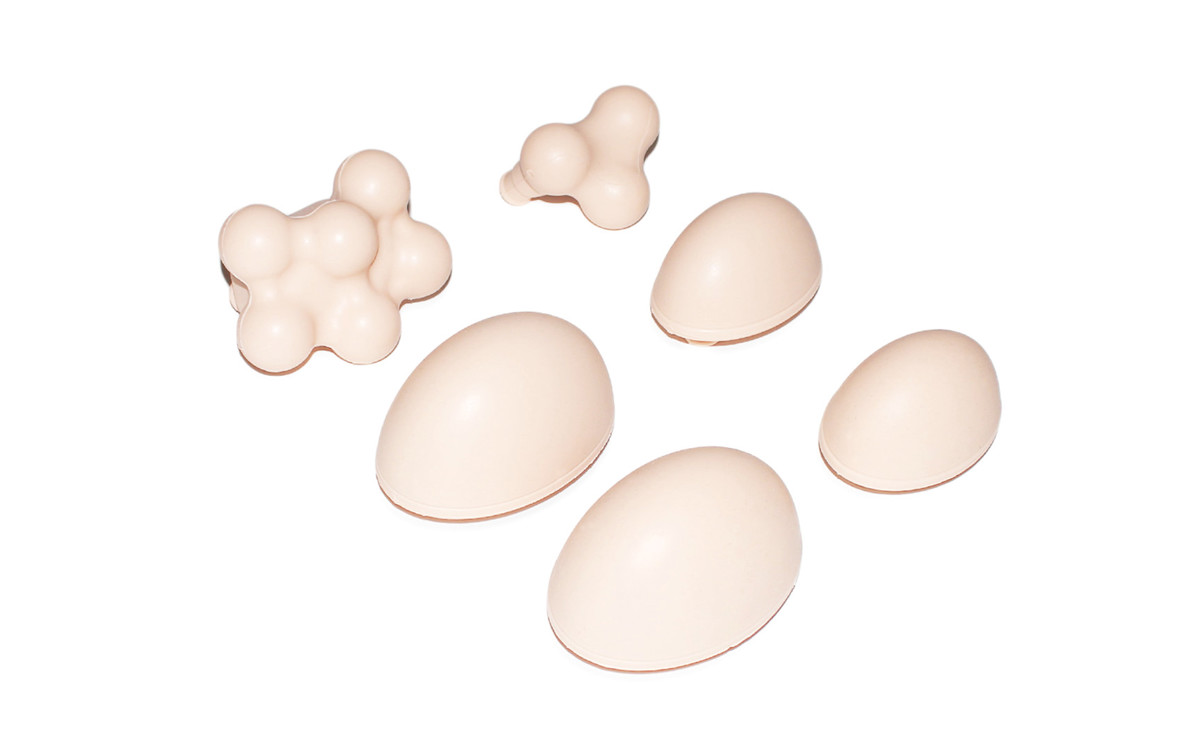
Bukundersökning, patologi (6 stycken)
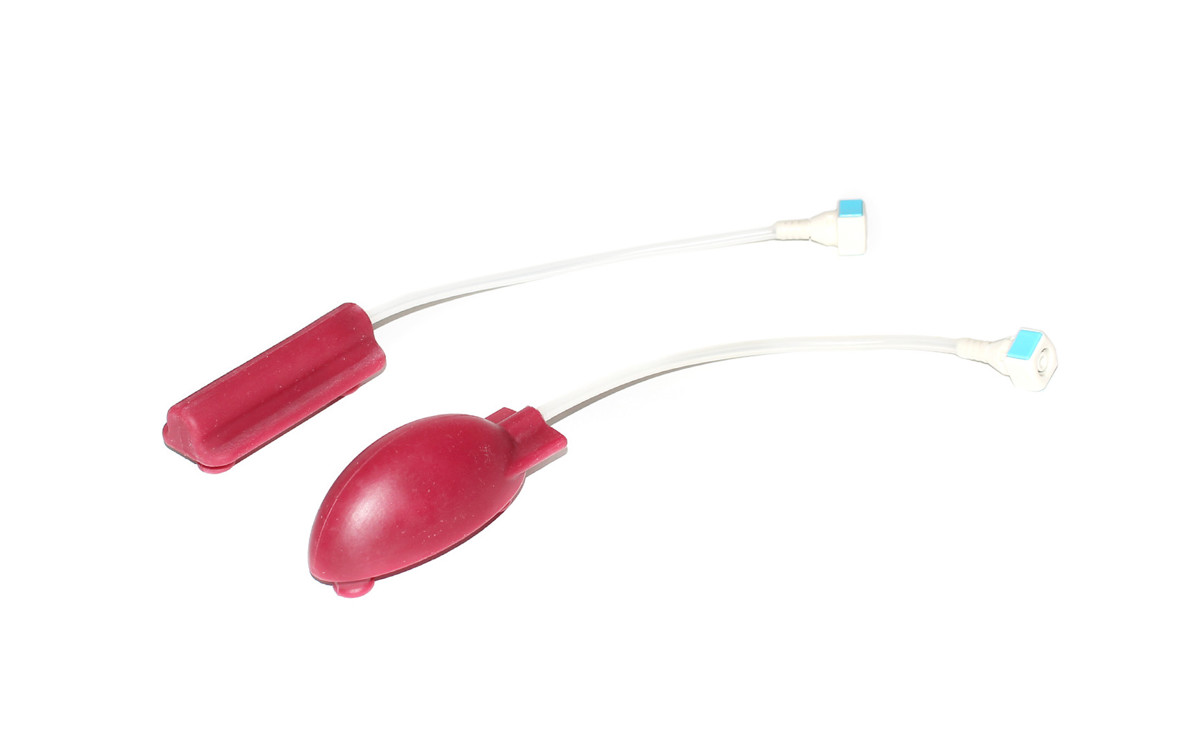
Bukundersökning, aorta (2 stycken)
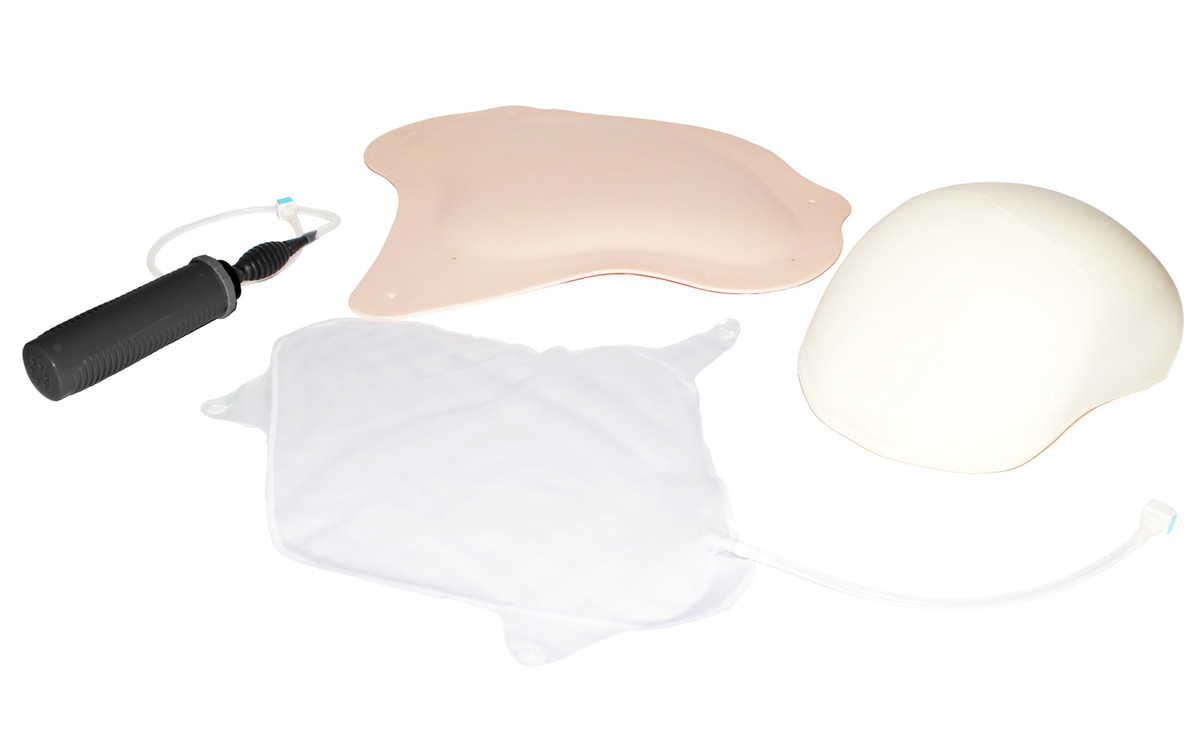
Bukundersökning, distensionset
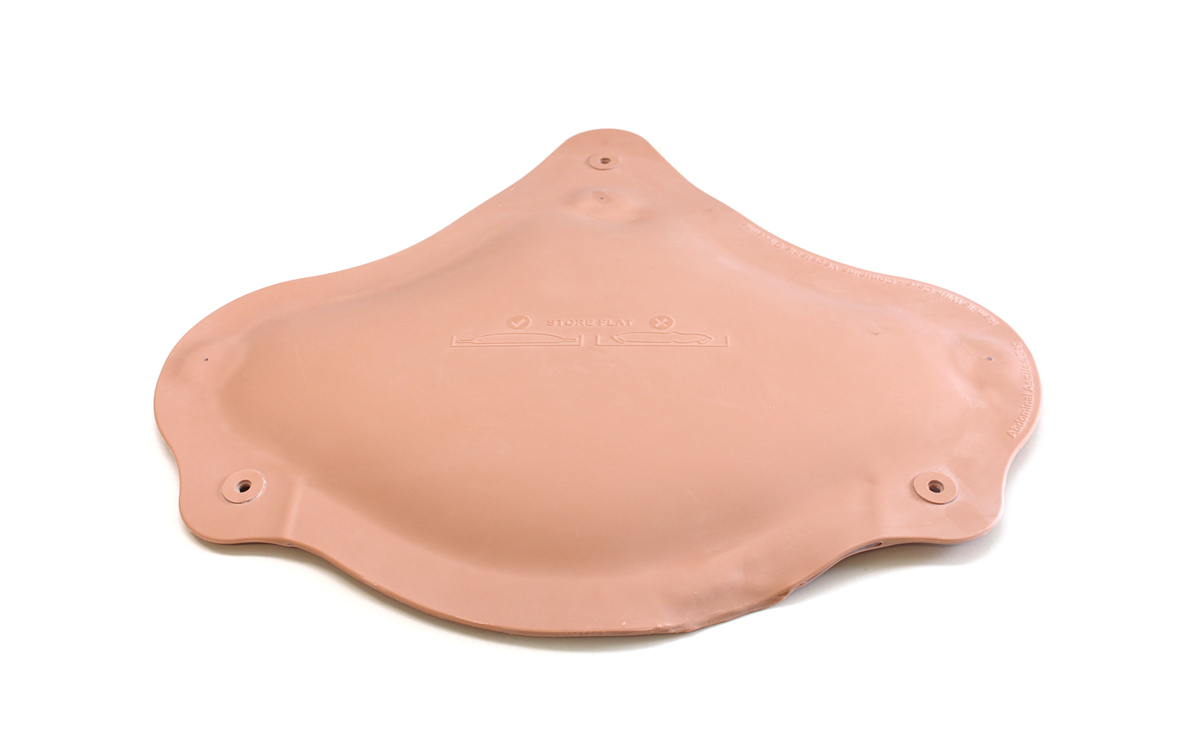
Abdominal Examination Ascites Bag
-
Light
-
Dark
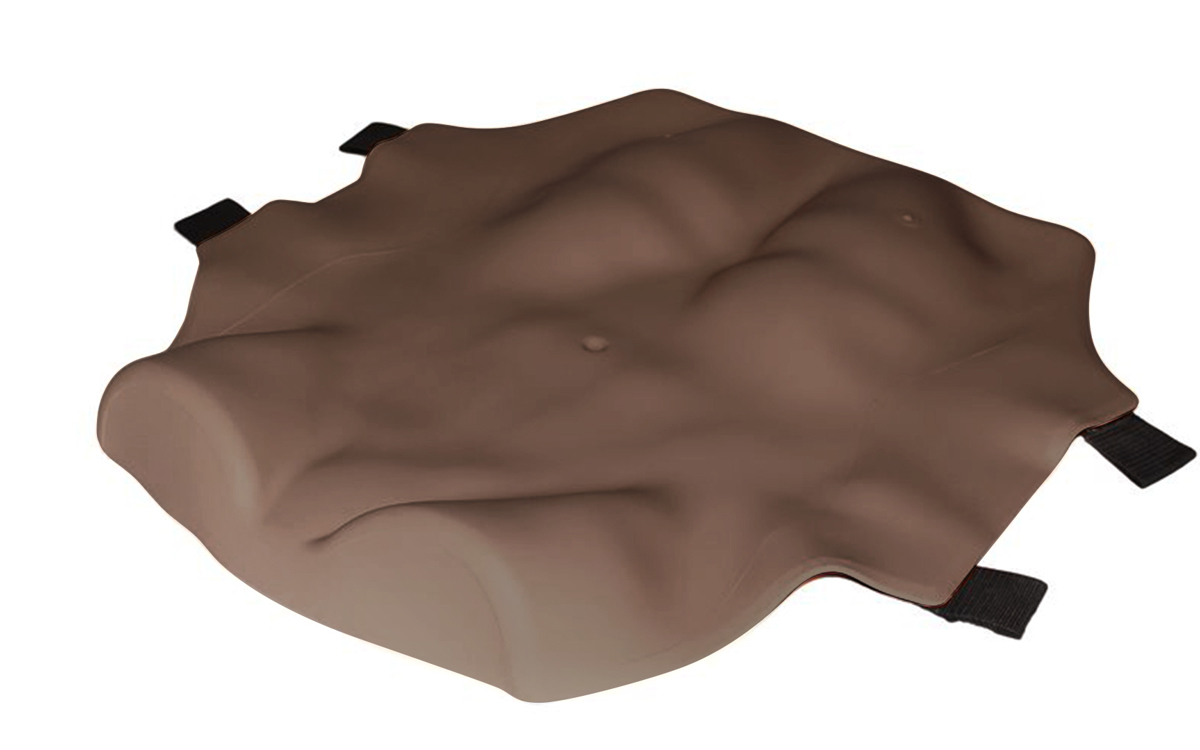
Bukundersökning, hud - Mörk
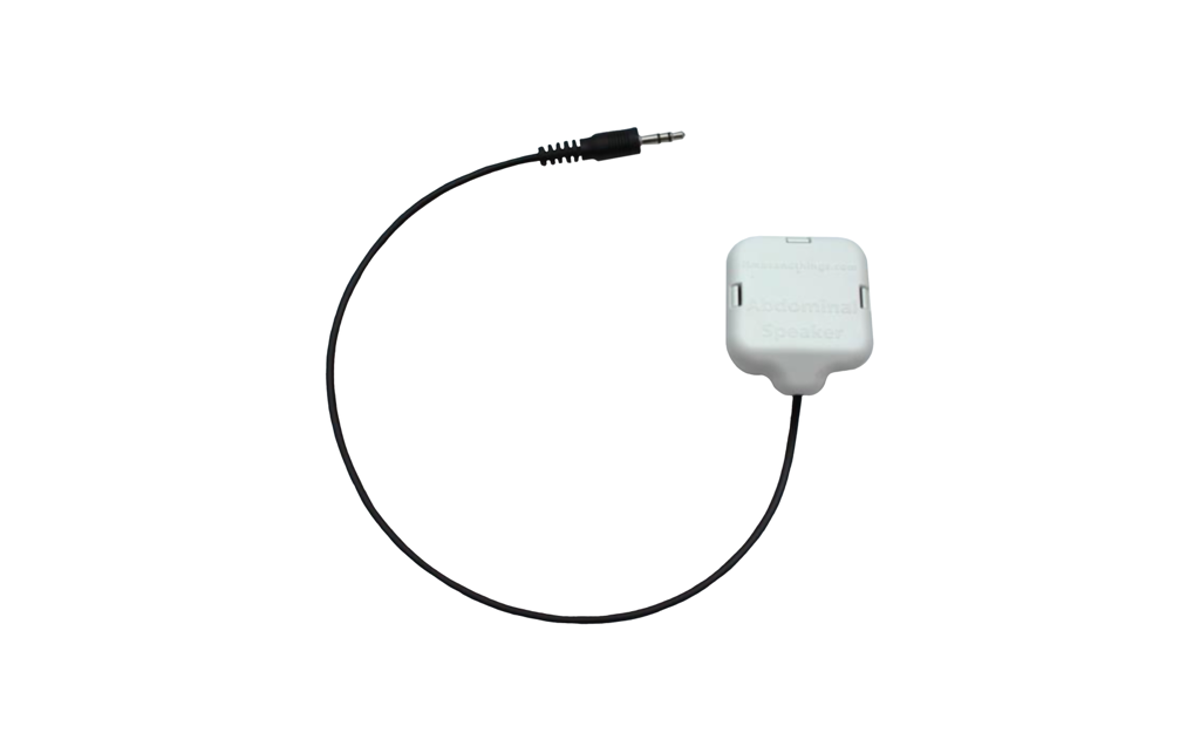
AE Speaker
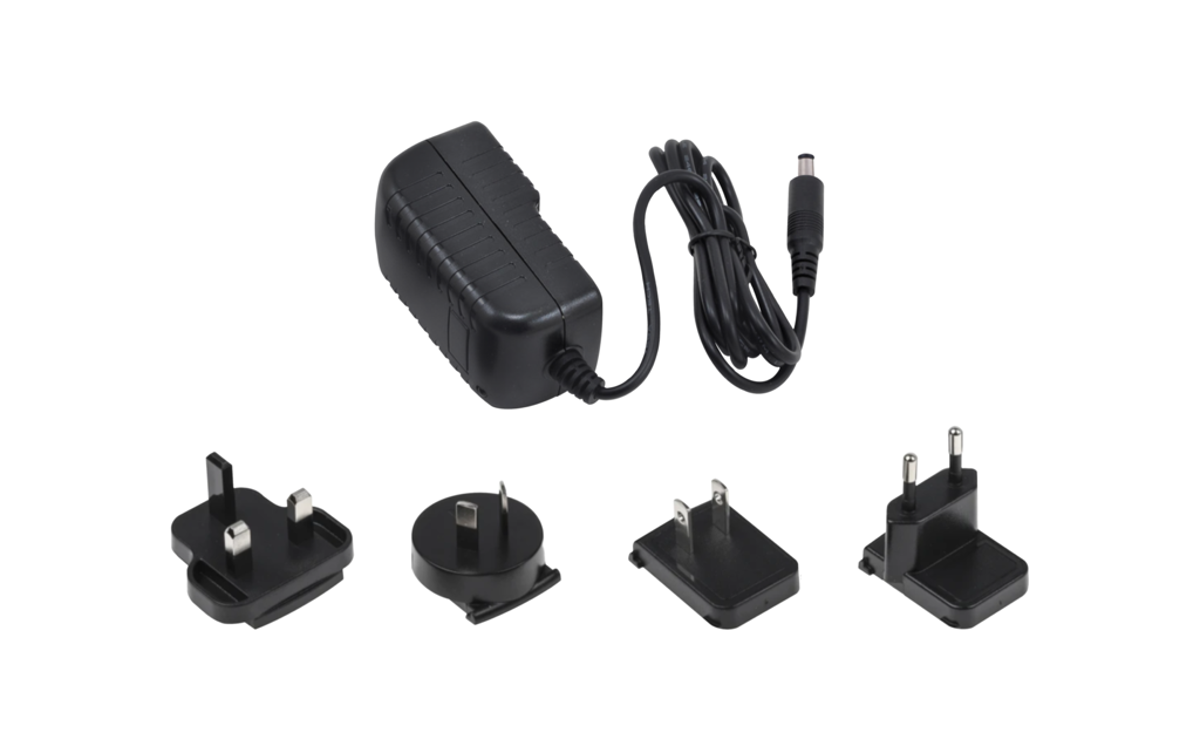
International 5v DC Power Supply
References
National Organisation of Nurse Practitioner Faculties, Nurse Practitioner Core Competencies Content, 2017 Independent Practice Competencies p.14 3.b Uses advanced health assessment skills to differentiate between normal, variations of normal and abnormal findings. 3.c Employs screening and diagnostic strategies in the development of diagnoses.
SCORE Curriculum Outline for General Surgery (2017-18): p.6 Category 1: Abdomen - General Diseases/Conditions • Abdominal Pain - Acute • Abdominal Pain - Chronic • Ascites • Bacterial Peritonitis - Spontaneous • Peritoneal Neoplasms - Carcinomatosis p.9 Category 4: Abdomen - Liver Diseases/Conditions • Hepatic Mass - Evaluation
NASEMSO National Model EMS Clinical Guidelines September 2017 Version 2.0, p.48 Abdominal Pain Pertinent Assessment Findings 1. Rebound tenderness 2. Guarding 3. Abdominal distension 4. Abdominal tympany to percussion 5. Tenderness focal to a specific abdominal quadrant 6. Presence of “pulsatile” abdominal mass
AAMC (2008) - Recommendations for Preclerkship Clinical Skills Education for Undergraduate Medical Education , p/26 Appendix 5: Patient Examination. Describe abdominal findings. Perform light and deep palpation. Demonstrate tests for peritoneal irritation. Describe the liver span. Palpate for liver and spleen. Show how to detect ascites
CPMEC Australian Curriculm Framework for Junior Doctors v 3.1, 2012, p.7: History and Examination: Performs a comprehensive examination of all systems; Elicits symptoms & signs relevant to the presenting problem or condition. Discriminates between the possible differential diagnoses relevant to a patient's presenting problems or conditions
RACGP Curriculum for Australian General Practice 2016, CS16 Core Skills unit, p.23 CS2.2.2.2a Demonstrate appropriate and respectful physical examination technique CS2.2.2.5a Identify situations where physical examination findings are inconsistent with history CS2.2.2.2b Effectively utilise appropriate clinical tools to optimise examination CS2.2.2.3b Effectively summarise key examination findings for the patient
Paramedics Australasia Australasian Competency Standards for Paramedics, 2011, p.9 2.a.2 Select and use appropriate assessment techniques Undertake a focussed clinical examination that is consistent with the chief complaint and medical history
Medical Deans' Clinical Assessment Blueprints for the medical graduate 4. Conducts ... organ(s)/system specific physical examination as appropriate. 5. Integrates the information obtained to arrive at an appropriate diagnosis and differential diagnosis.
Competence and Curriculum Framework for the Physician Assistant 2012, p 12 and 23 2.3.5 ...Perform a physical examination tailored to the needs of the patient and the demands of the clinical situation, including ...abdominal examination ...The Physician Assistant should be familiar with the following patient presentations and should be able to manage and diagnose: Distension: abdominal GI disturbances including vomiting/altered bowel habit Mass: abdominal Pain: abdominal
Specialty Training Curriculum for Core Medical Training, 2013 p.51 and 77 Abdominal Pain: The trainee will be able to assess a patient presenting with abdominal pain to produce a valid differential diagnosis • Elicit signs of tenderness, guarding, and rebound tenderness and interpret appropriately...assess a patient presenting with an abdominal mass... abdominal swelling or distension to produce a valid differential diagnosis
The UK Foundation Programme Curriculum 2016. p.9: obtains history, performs clinical examination, formulates differential diagnosis and management plan (FPC 11)
RCOG Core Curriculum, Core Module 1: Clinical Skills Perform valid, targeted and time efficient examinations relevant to the presentation and risk factors Abdominal examination Non-pregnant
The Intercollegiate Surgical Curriculum - General Surgery, 2016,p. 49: 3. Acute abdomen assess and provide the early care of a patient presenting with acute abdominal symptoms and signs. This should include localised and generalised peritonitis ... obstruction (small and large bowel – obstructed herniae, adhesions, colonic carcinoma) and localised abdominal pain (biliary colic, non-specific abdominal pain).
Paramedics - College of Paramedics, Paramedic Curriculum Guidance (3rd Edition Revised 2015) p 25 Section C 1.6.5: Conduct a thorough and detailed physical examination of the patient using appropriate skills to inform clinical reasoning and guide the formulation of a differential diagnosis across all age ranges. UK Ambulance Service Clinical Practice Guidelines (2006) "Medical Emergencies in Adults: Abdomen: Feel for tenderness and guarding in all four quadrants, check for bowel sounds."
Outcomes for Graduates 2018, General Medical Council, p.16 Diagnosis and medical management: 14b. safely and sensitively undertake an appropriate physical examination ...interpret findings from physical examinations...synthesise findings from the history, physical and mental state examinations and investigations ... and make proposals about underlying causes or pathology
RCN Competencies - Advanced Nurse Practitioners, 2012, p.4 ...receiving patients with undifferentiated and undiagnosed problems and making an assessment of their health care needs, based on highly-developed nursing knowledge and skills ... such as physical examination
Royal College of General Practitioners Online Curriculum 3.13 Be able to manage primary contact with patients who have digestive problems. Know how to interpret common symptoms in general practice, including dyspeptic symptoms, abdominal pain. Demonstrate a systematic approach to investigating common digestive symptoms.
What is the abdominal examination simulator used for?
Trainees can use the simulator to practice abdominal assessments, also known as gastrointestinal (GI) examinations. Different combinations of this product will help to identify a variety of gastrointestinal pathologies.
What skills can be learnt with the Abdominal Examination Trainer?
The Limbs & Things Abdominal Examination Trainer is ideal for OSCE preparation and assessment, and helps students gain key skills such as:
- Identification of ascites, specifically shifting dullness and fluid thrill
- Identification of gaseous distension and bowel obstruction
- Ballottement of kidneys
- Familiarity with the abdominal regions and underlying anatomy
What scenarios can be set up on the abdominal examination simulator?
Scenarios include:
- Carcinoma or mass in the left iliac fossa
- Liver metastasis
- Lymphoma
- Aortic aneurysm
- Acute urinary retention
- Ovarian cyst
- Enlarged kidneys
How is the Abdominal Examination Trainer powered?
The trainer is run by a mains power cable, however, you can use 4 AA batteries if power is unavailable allowing it to be used in a range of environments.
Can additional sounds be added to the Abdominal Examination Trainer’s MP3 Player?
Yes, on the MP3 player there is an SD slot that can be used to add additional sounds which can be obtained online or recorded to increase variety and realism. The Pre-set options include normal and abnormal bowel sounds and aortic bruits.
Please note: an SD card is not supplied with this trainer.
What is the fluid within the Ascites Bag of the abdominal trainer?
The fluid consists of food grade glycerine which better simulates the feel of a stomach.
Why has the foam insert of the abdominal trainer changed colour?
The Distension Foam insert will naturally darken when exposed to UV light. This does not have any effect on the functionality of the foam.
How can I prevent kinks in the air inlet tube when using the Gaseous Distension Bag?
To prevent kinks, ensure that the air inlet tube is on the underside of the Gaseous Distension Bag and under the Distension Foam.
Can replacement parts be purchased for the Abdominal Examination Trainer?
Yes, replacements are available for all major parts of the abdominal trainer which can be purchased online.

